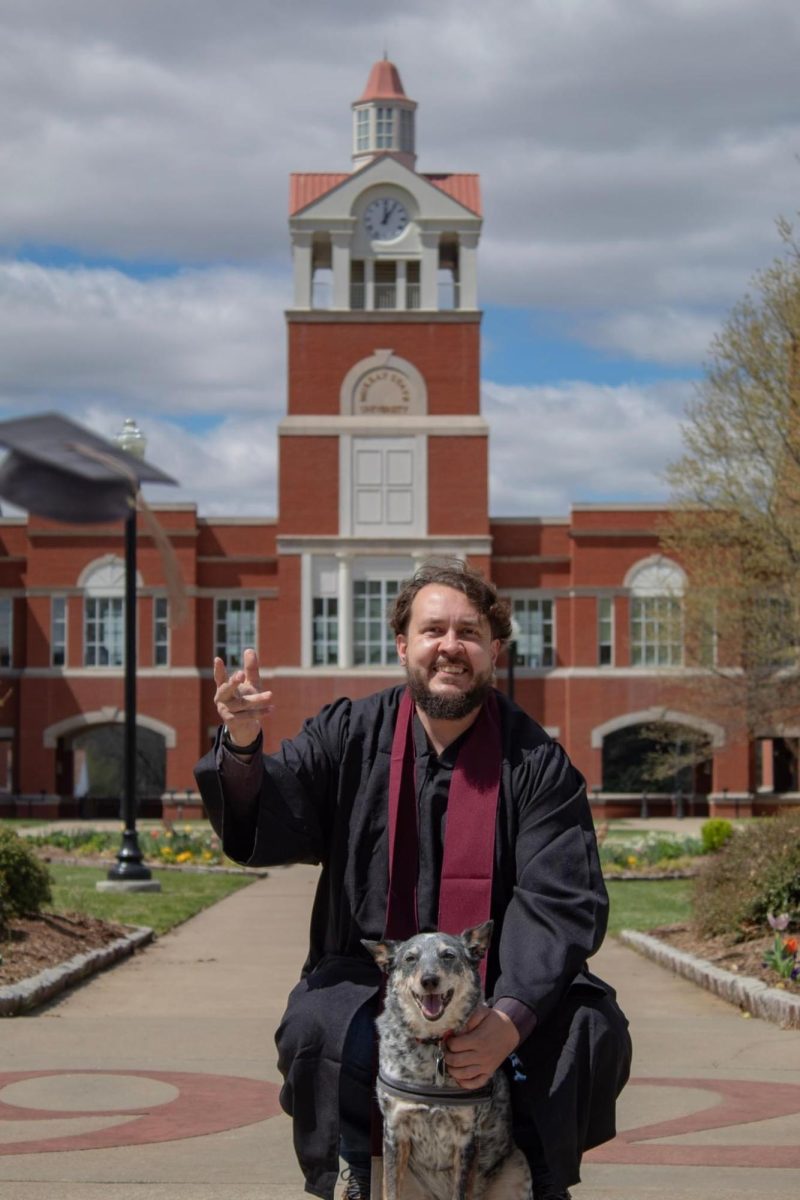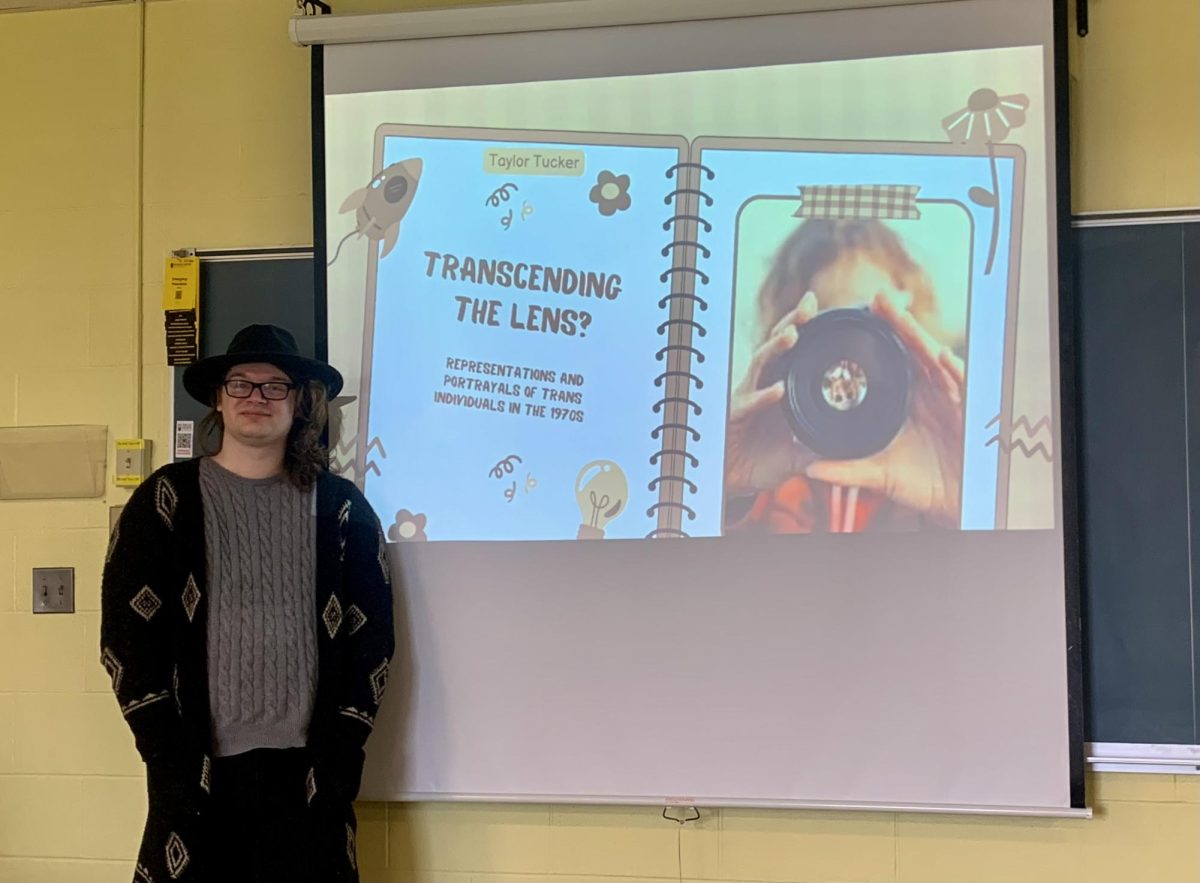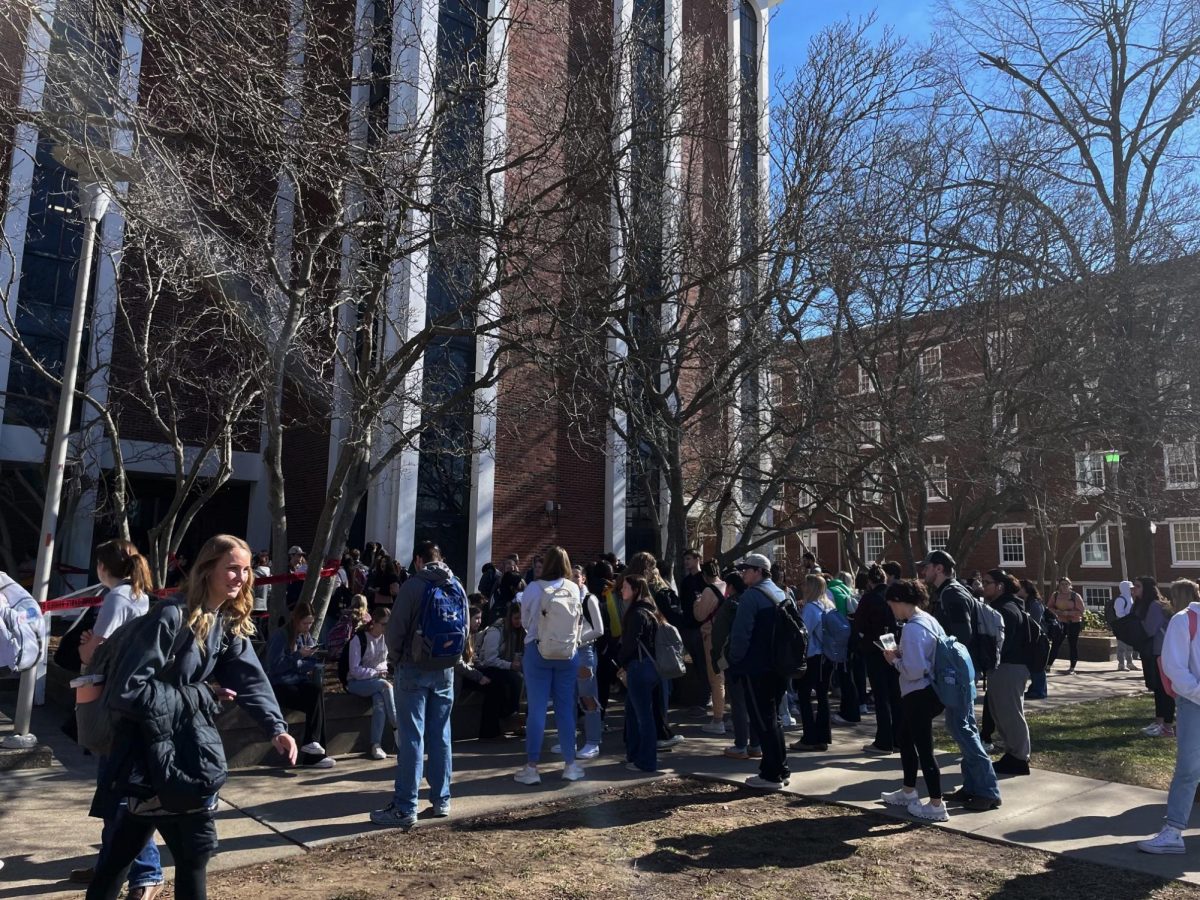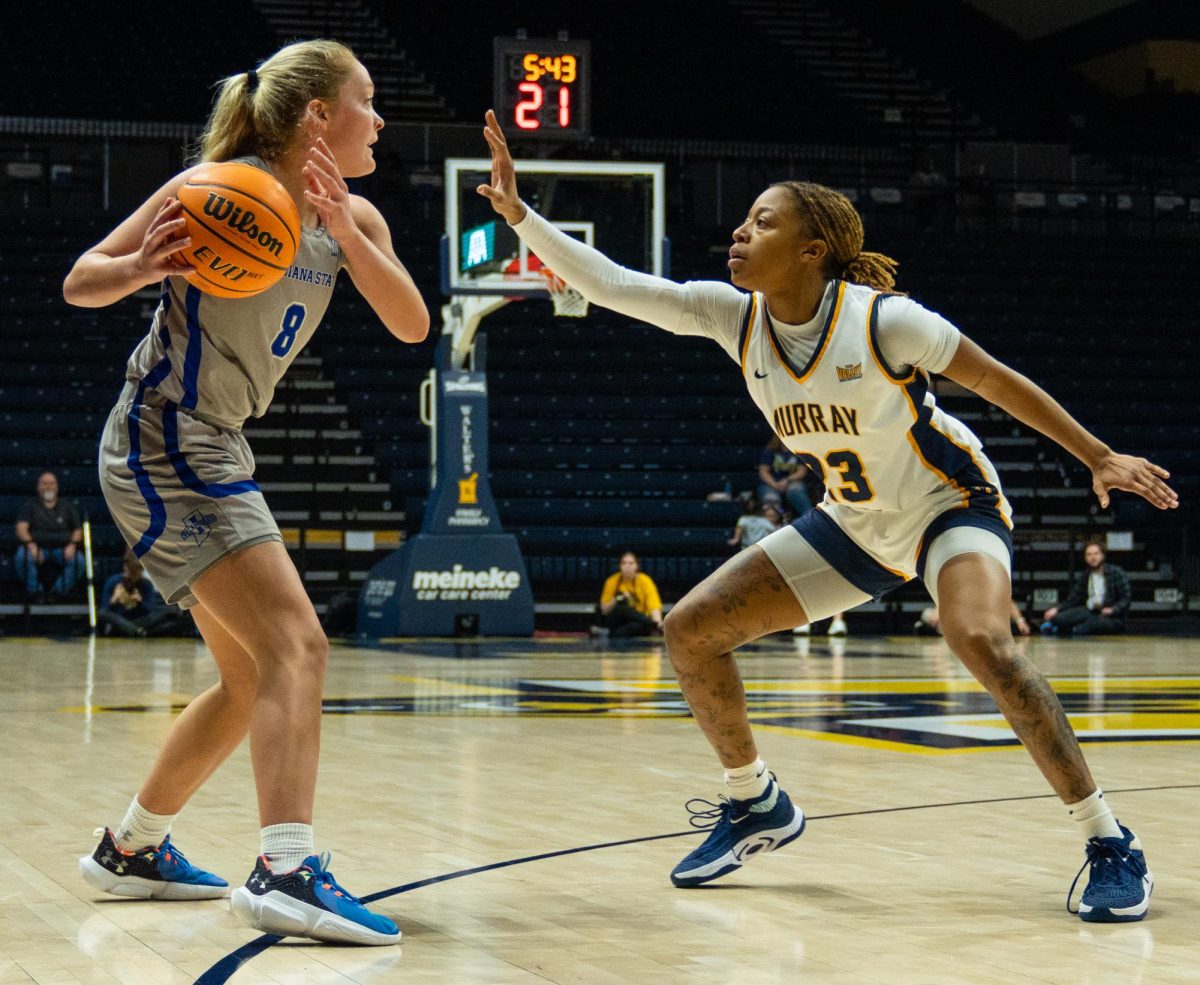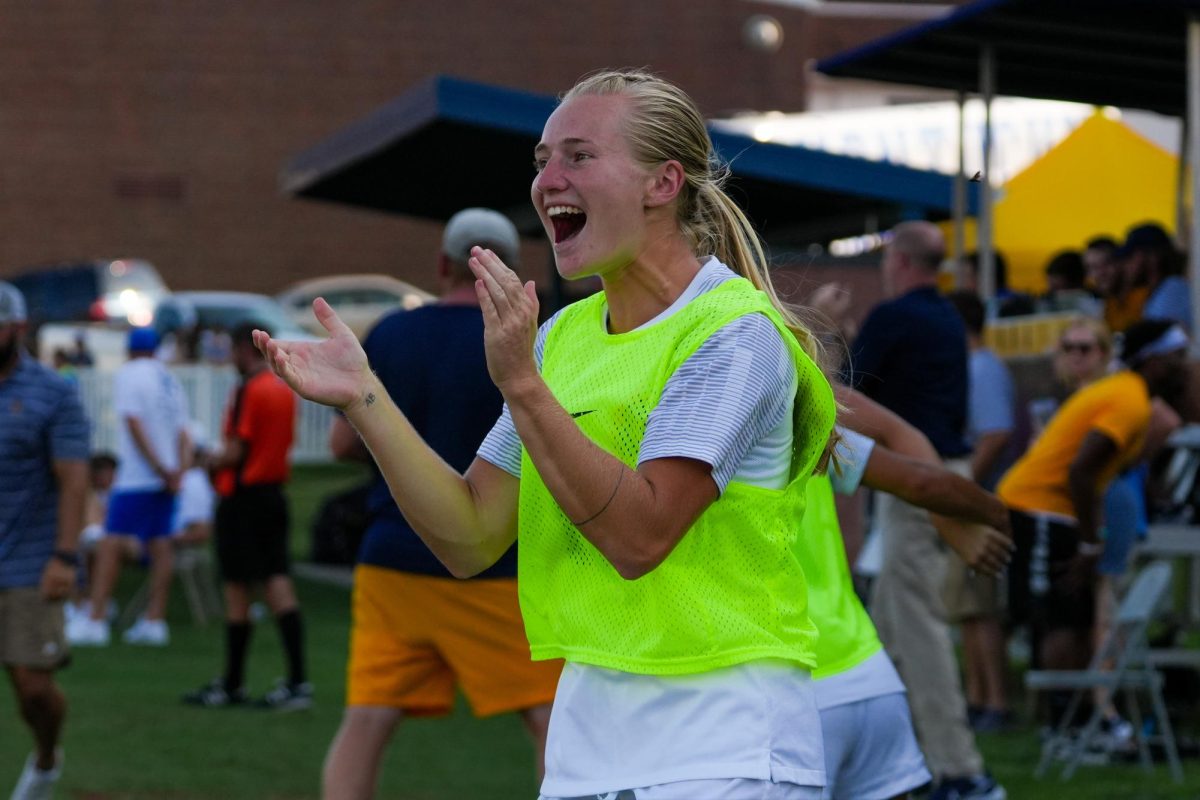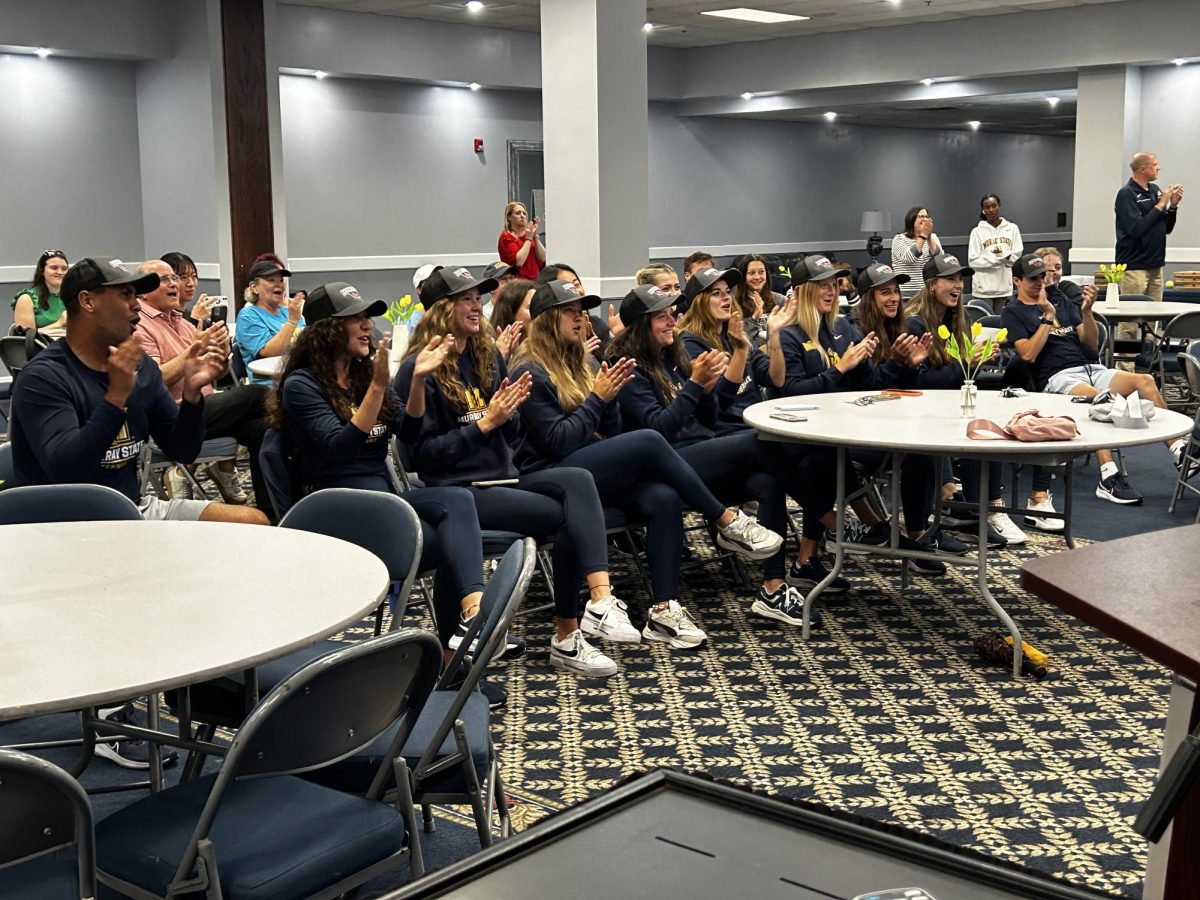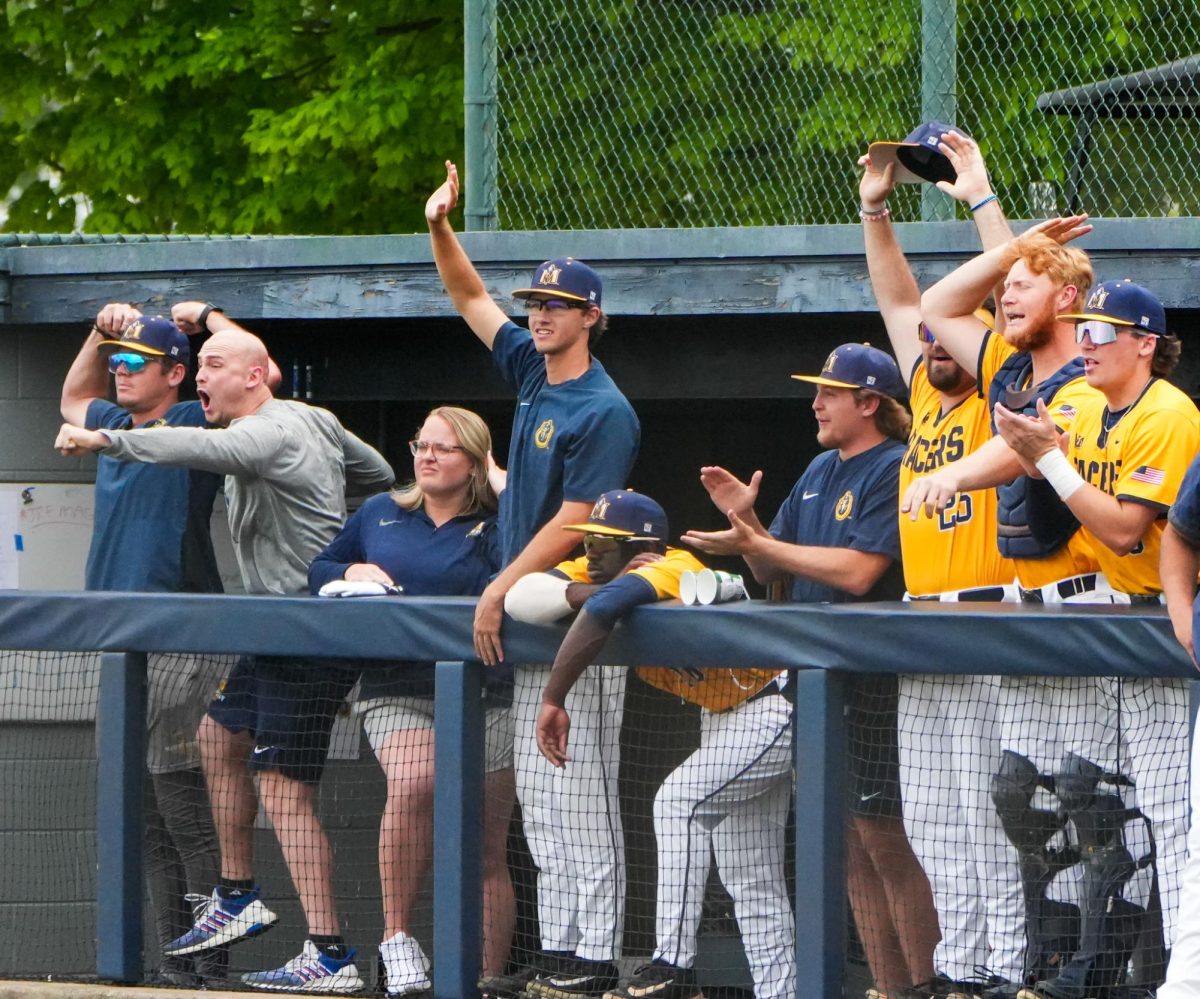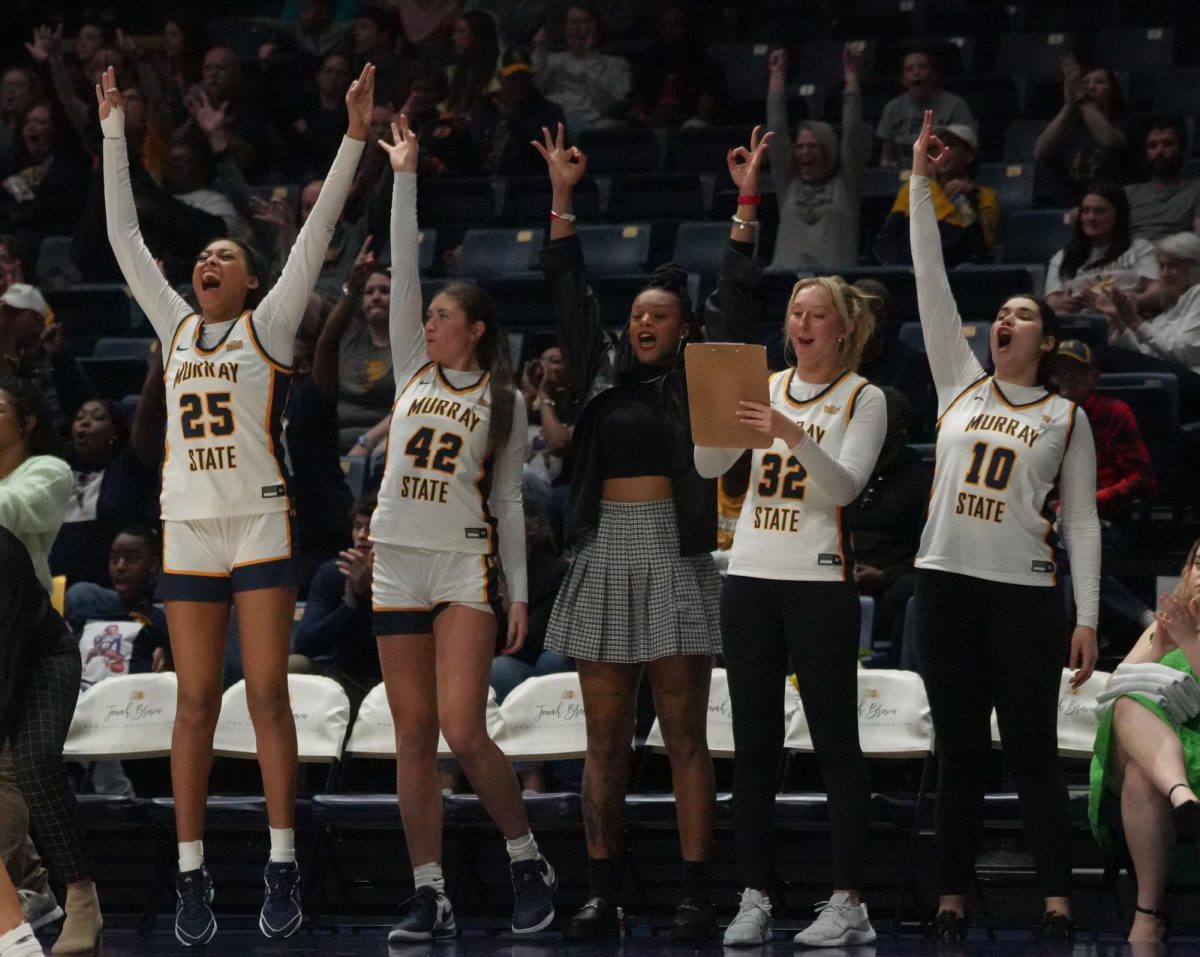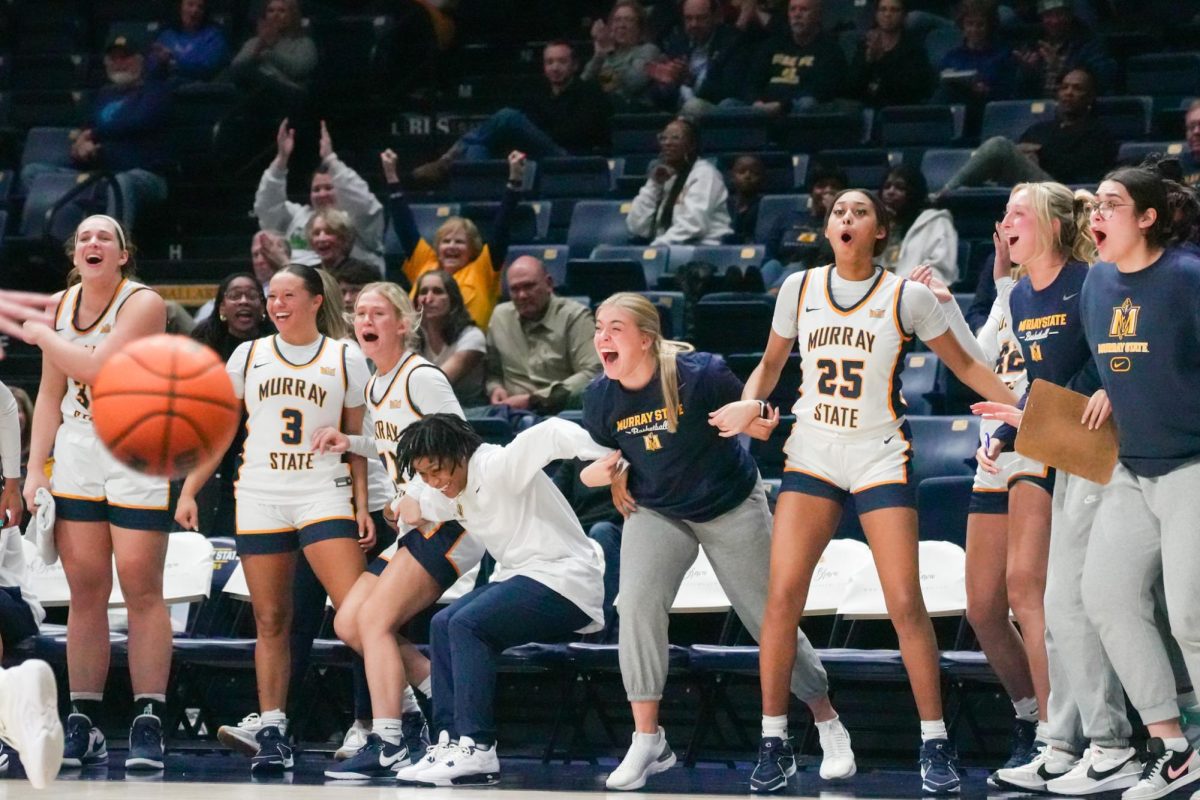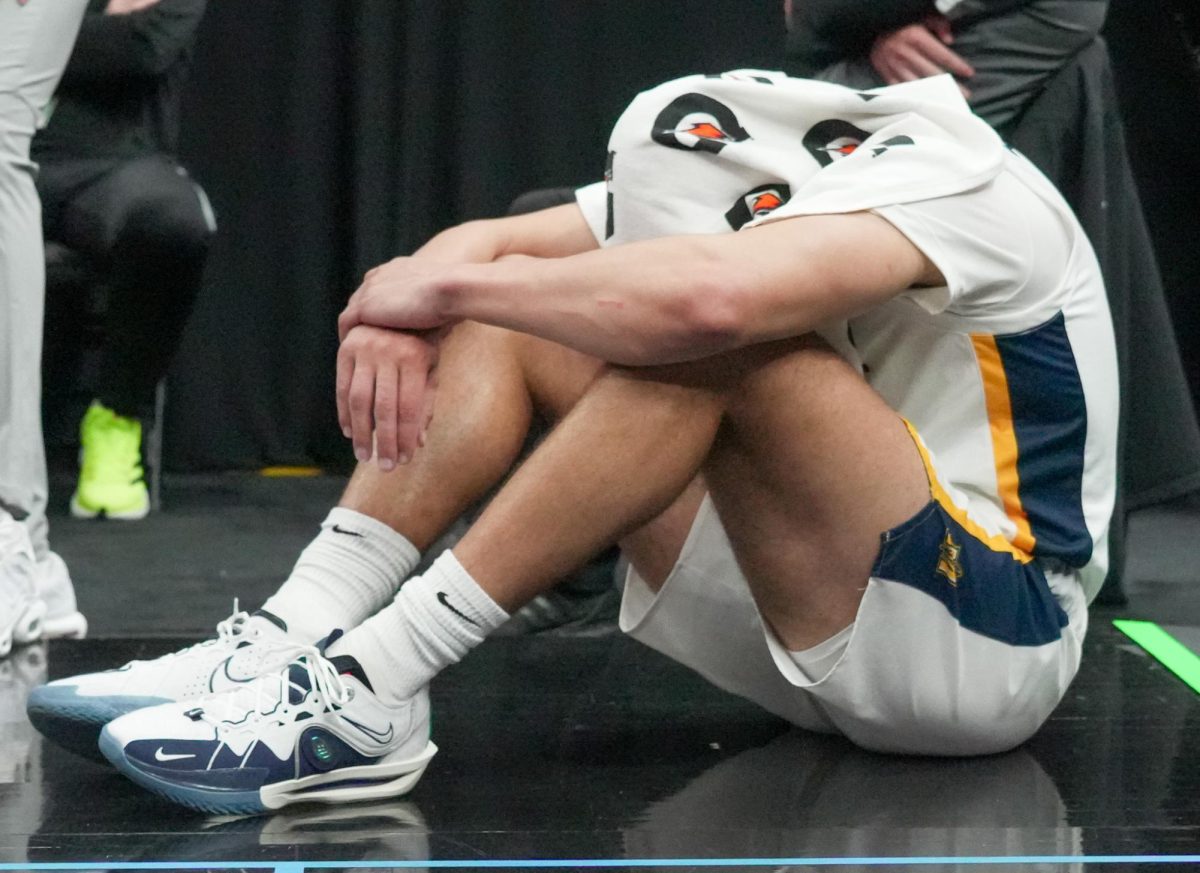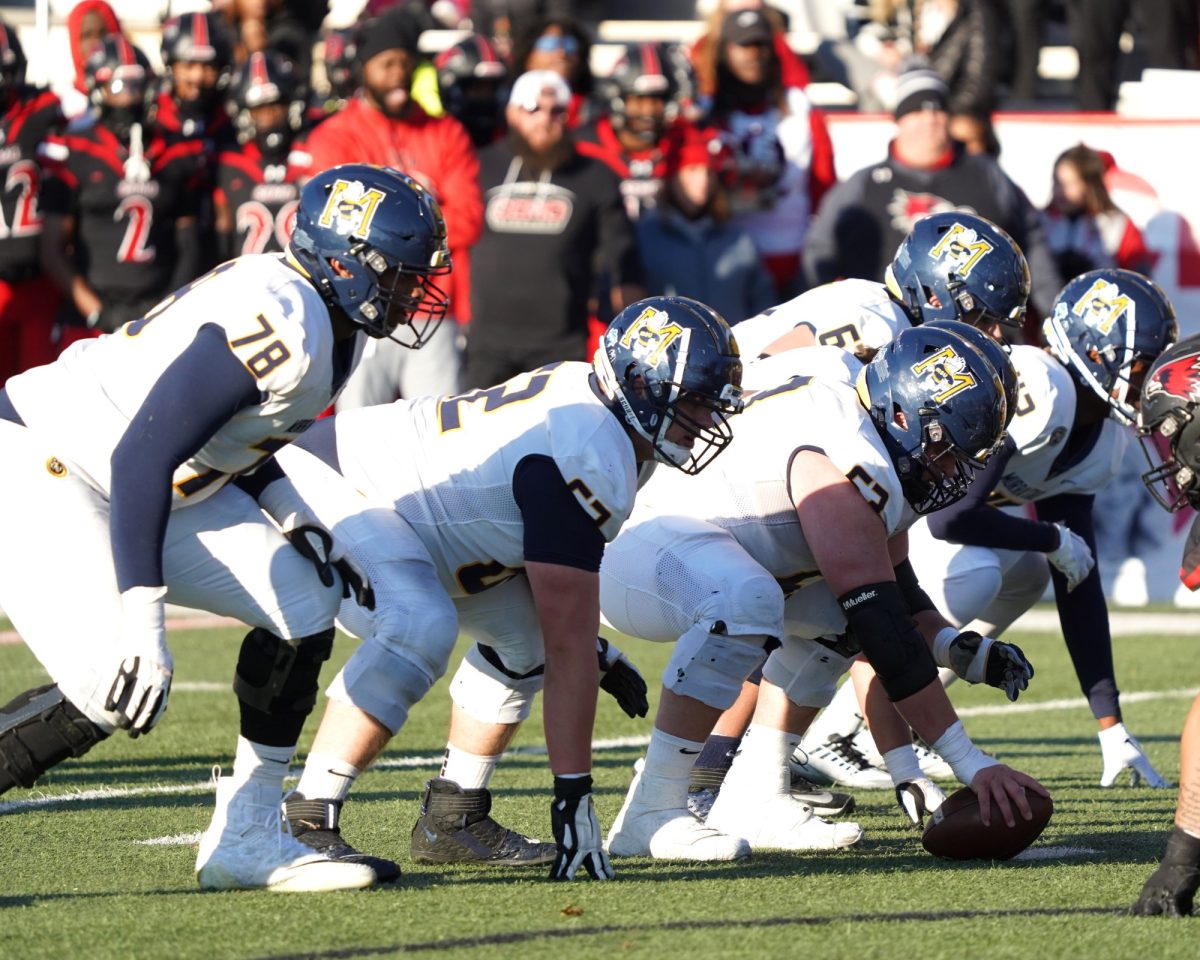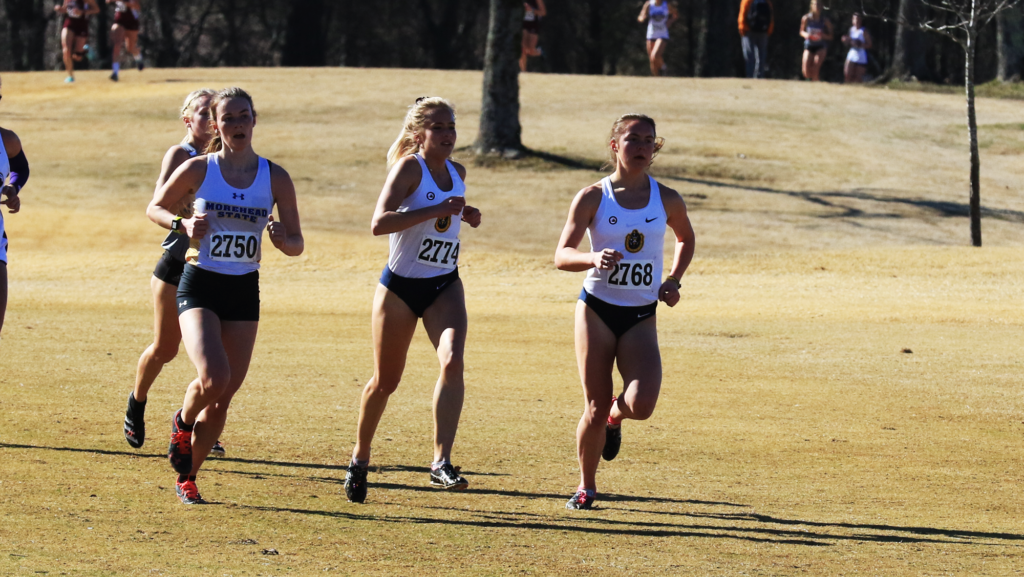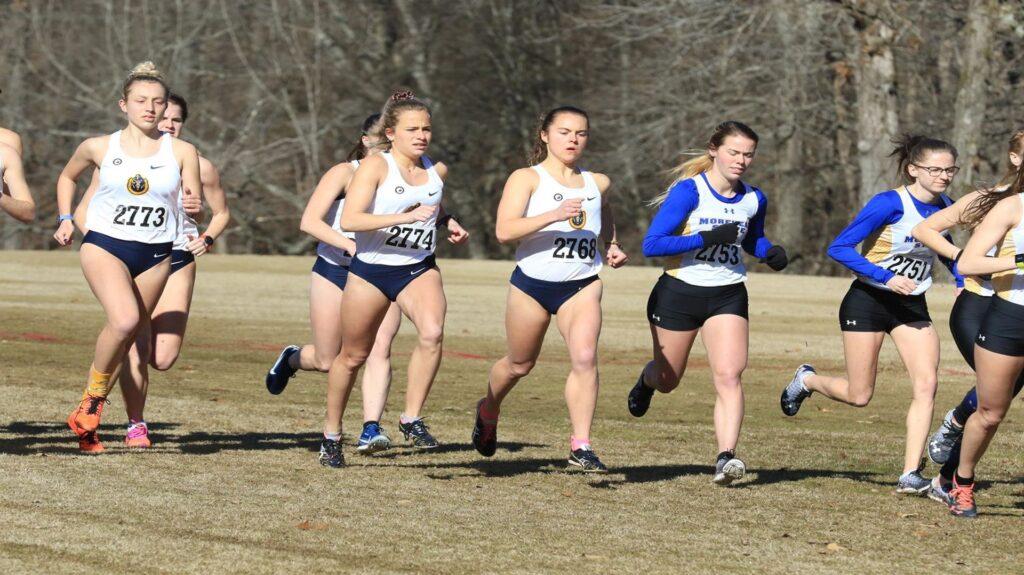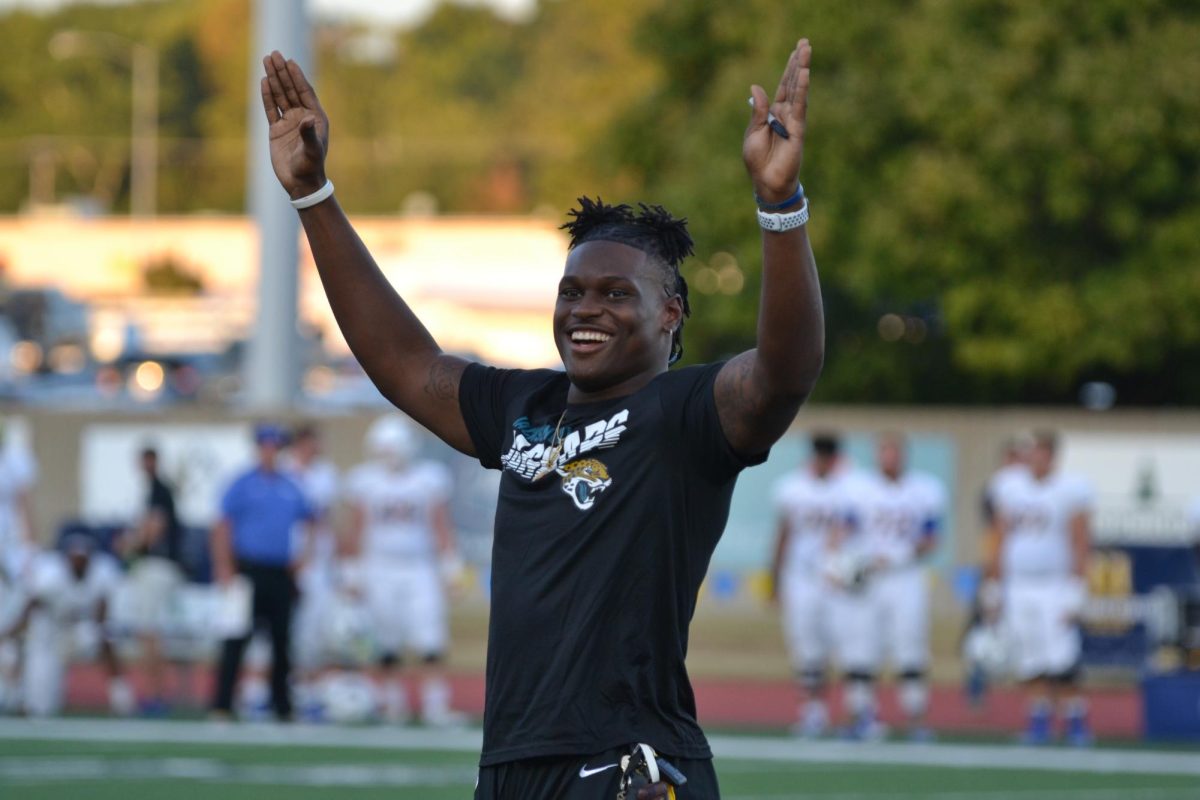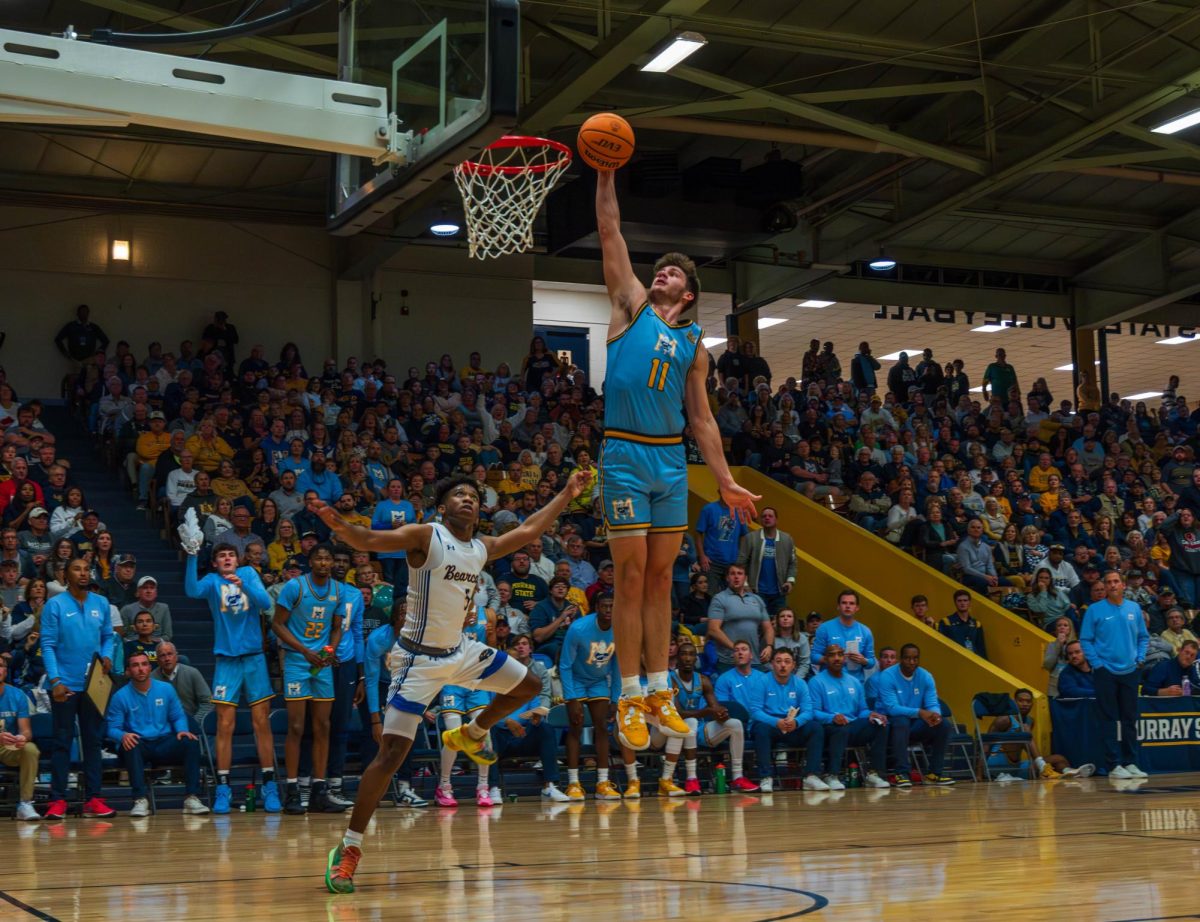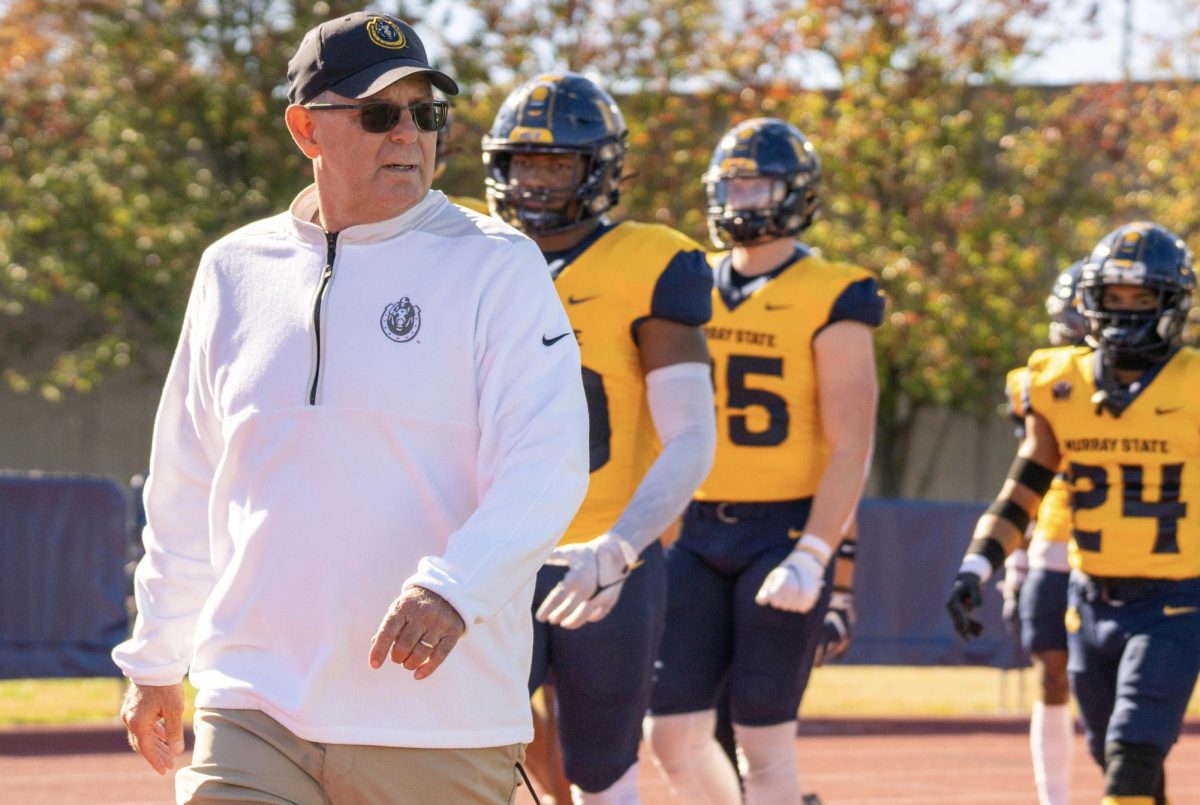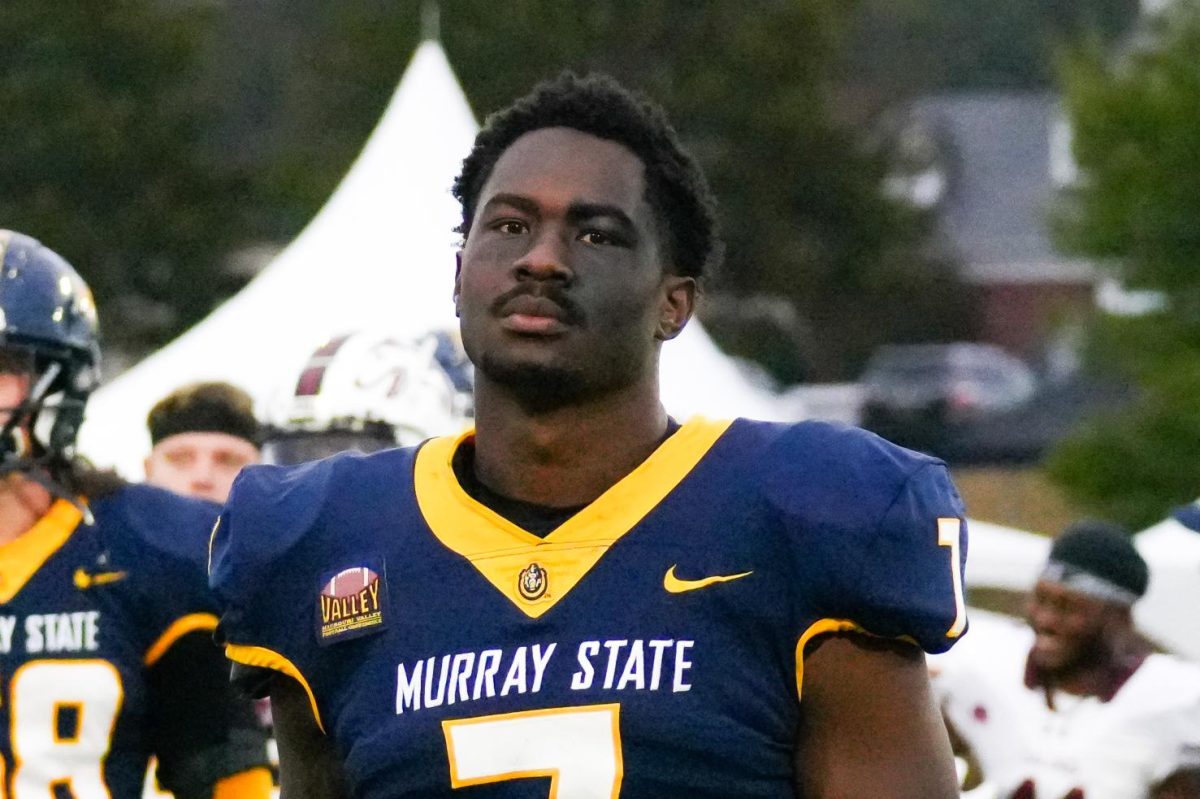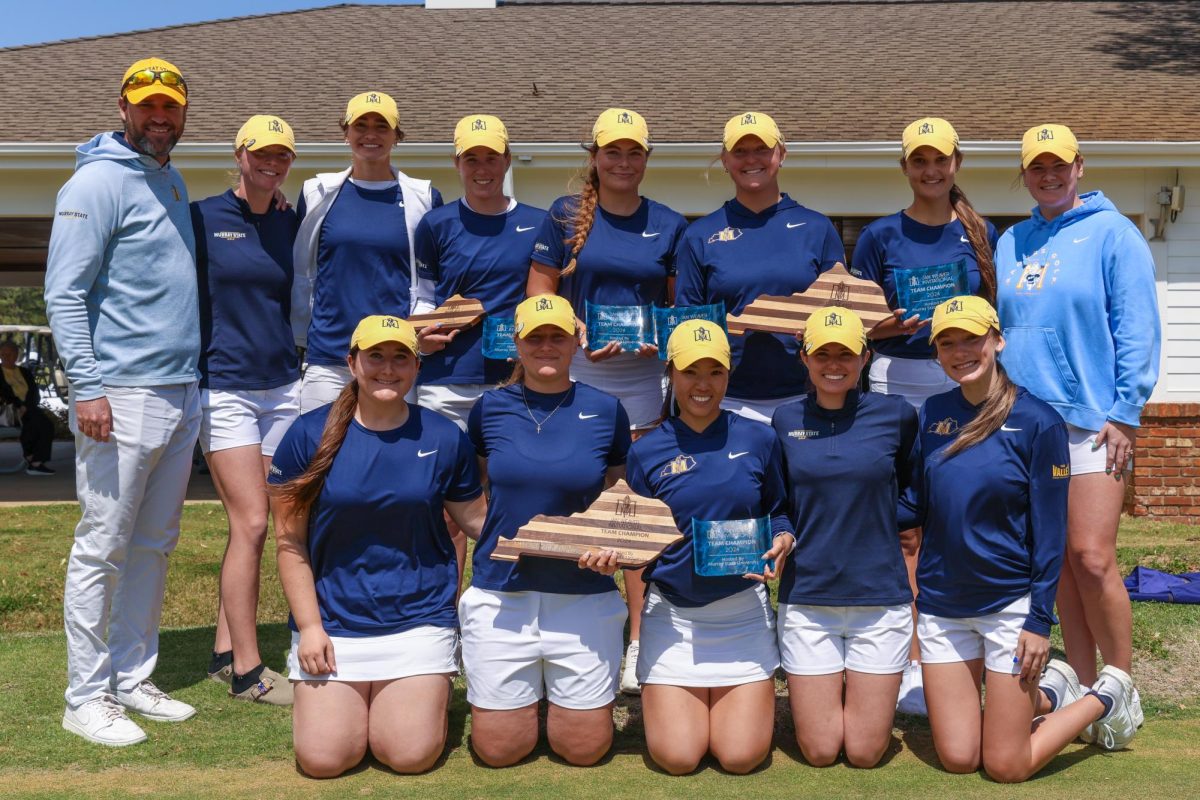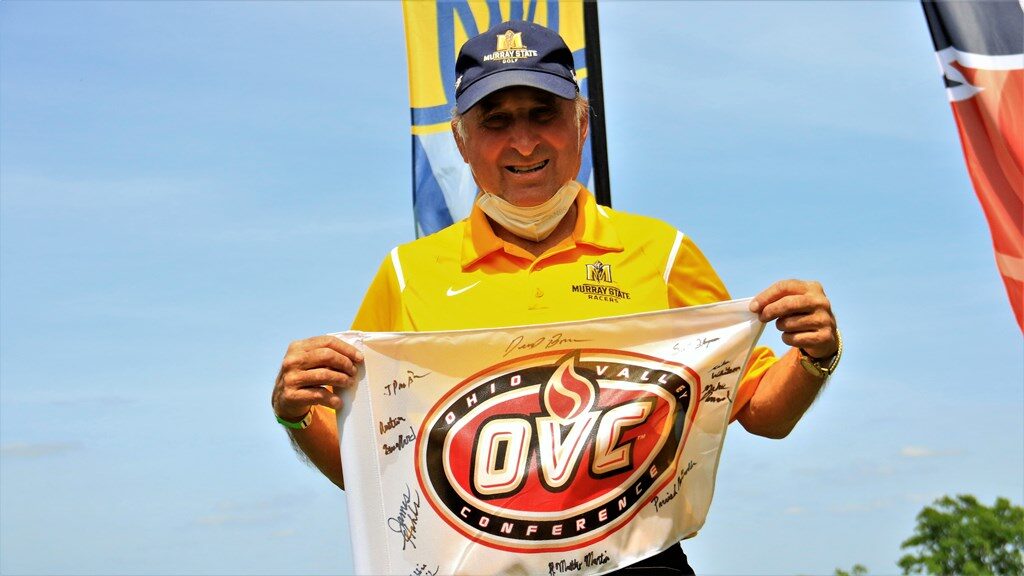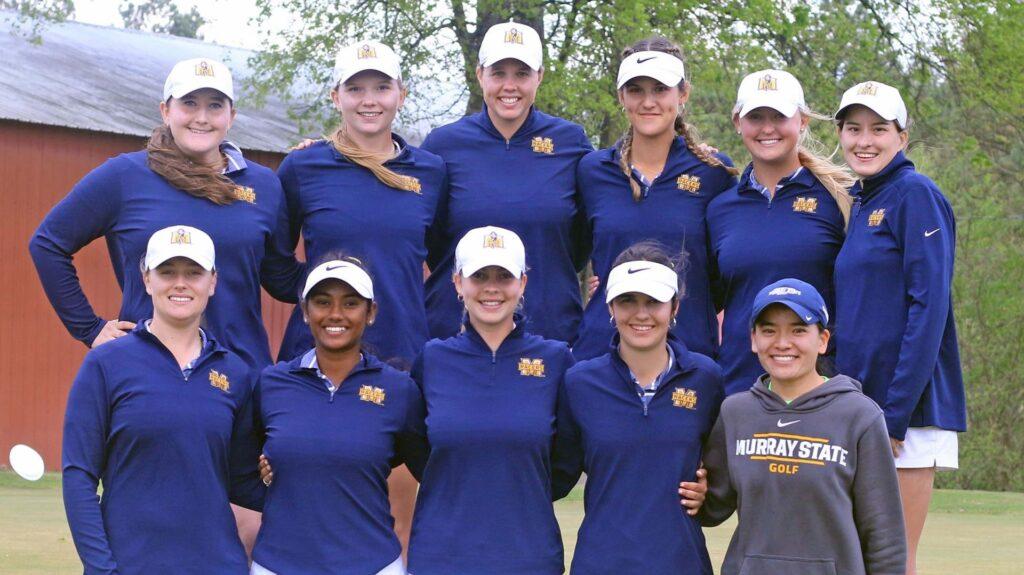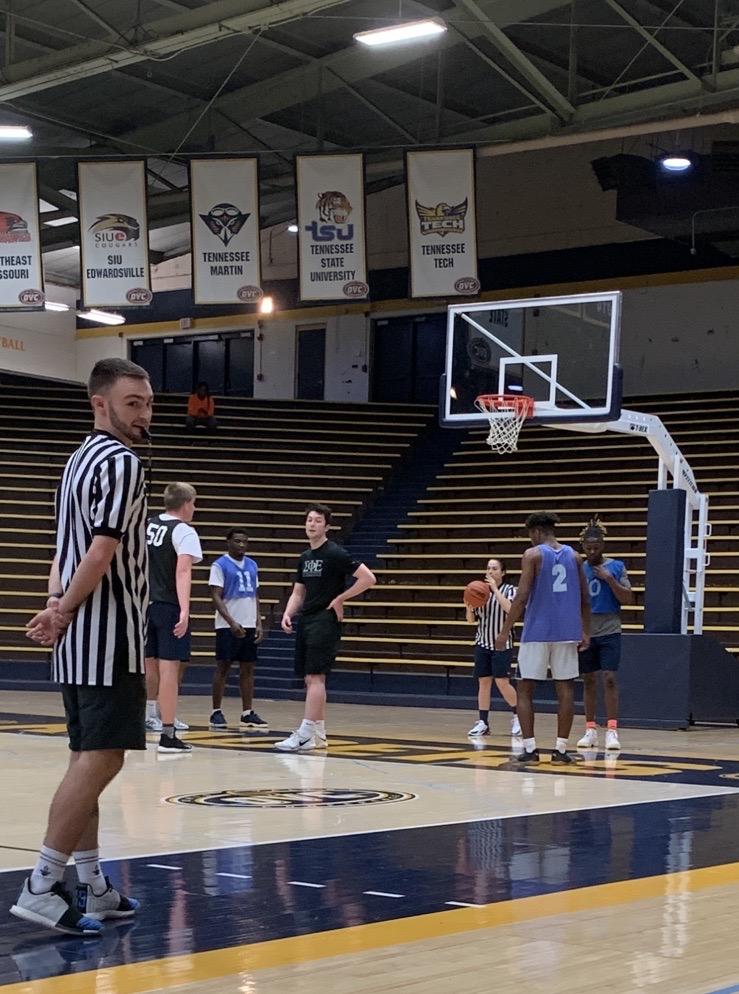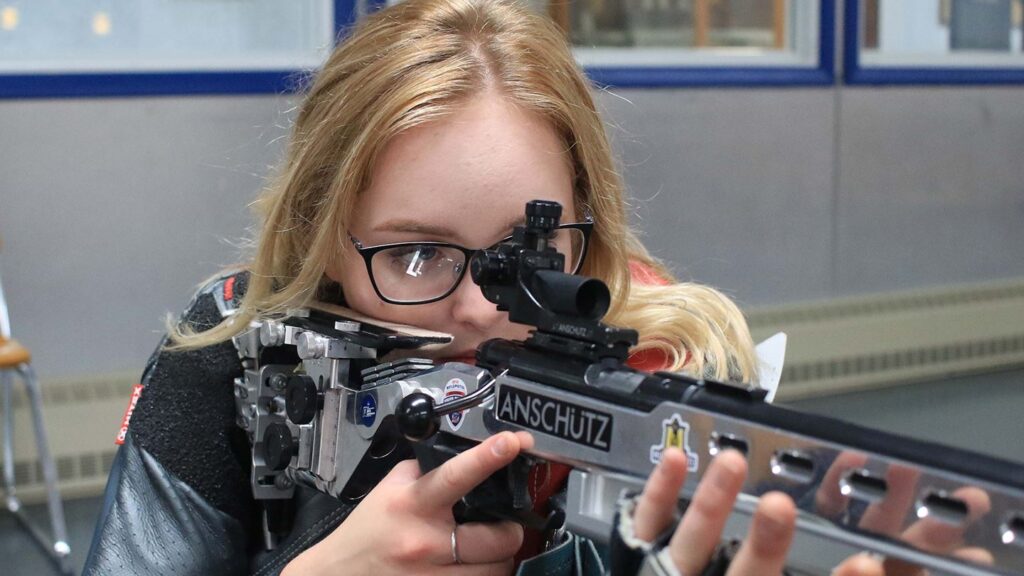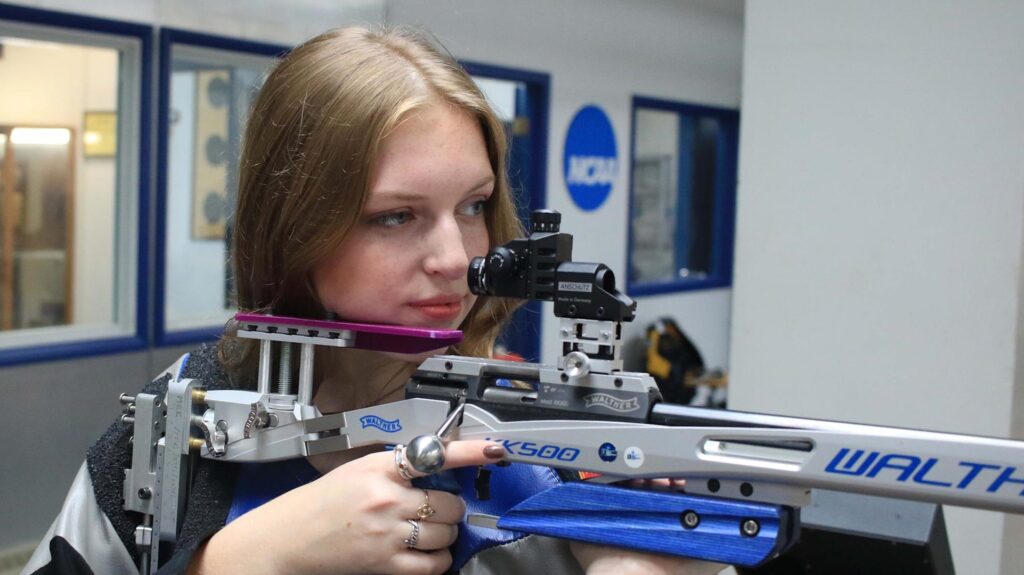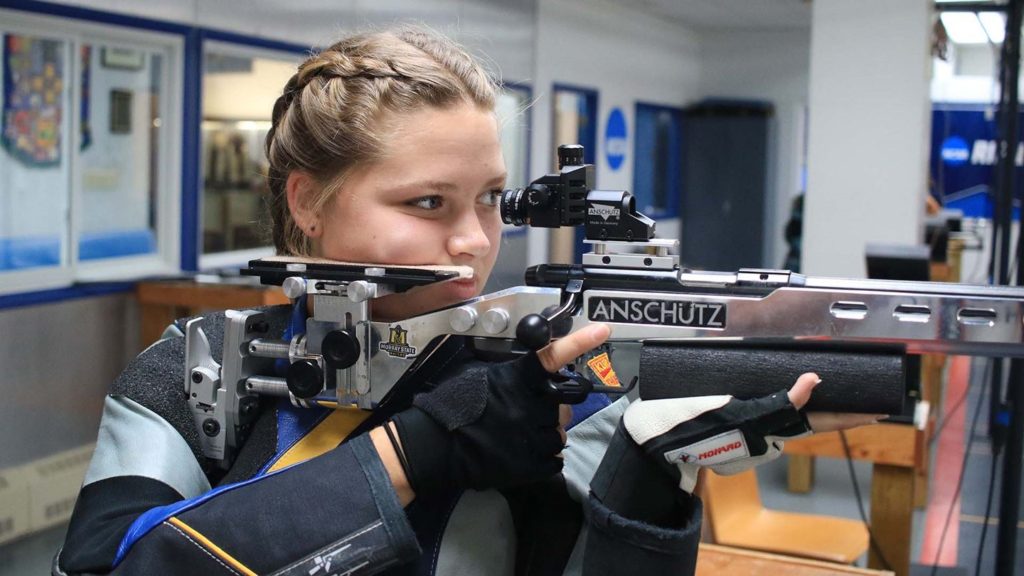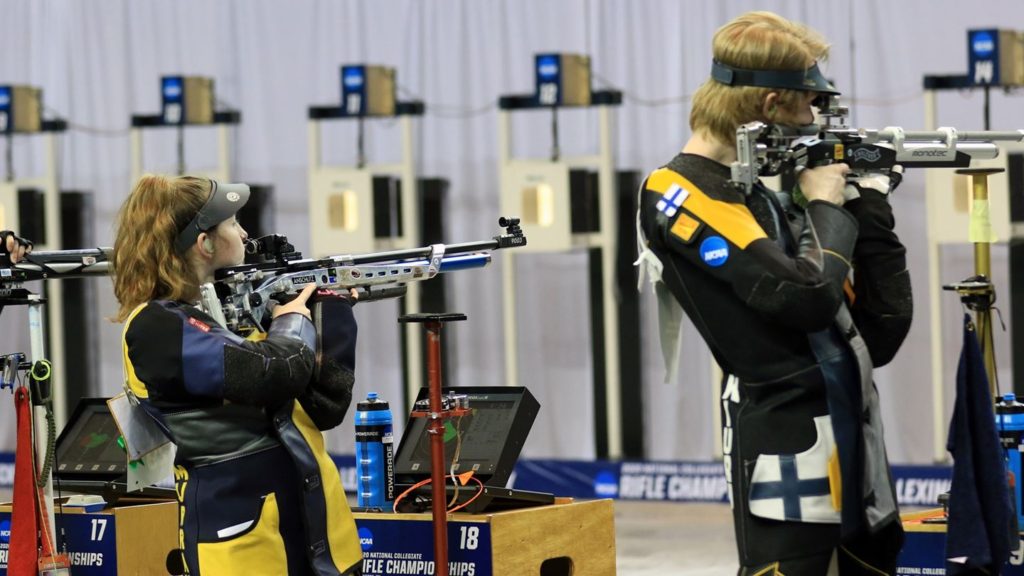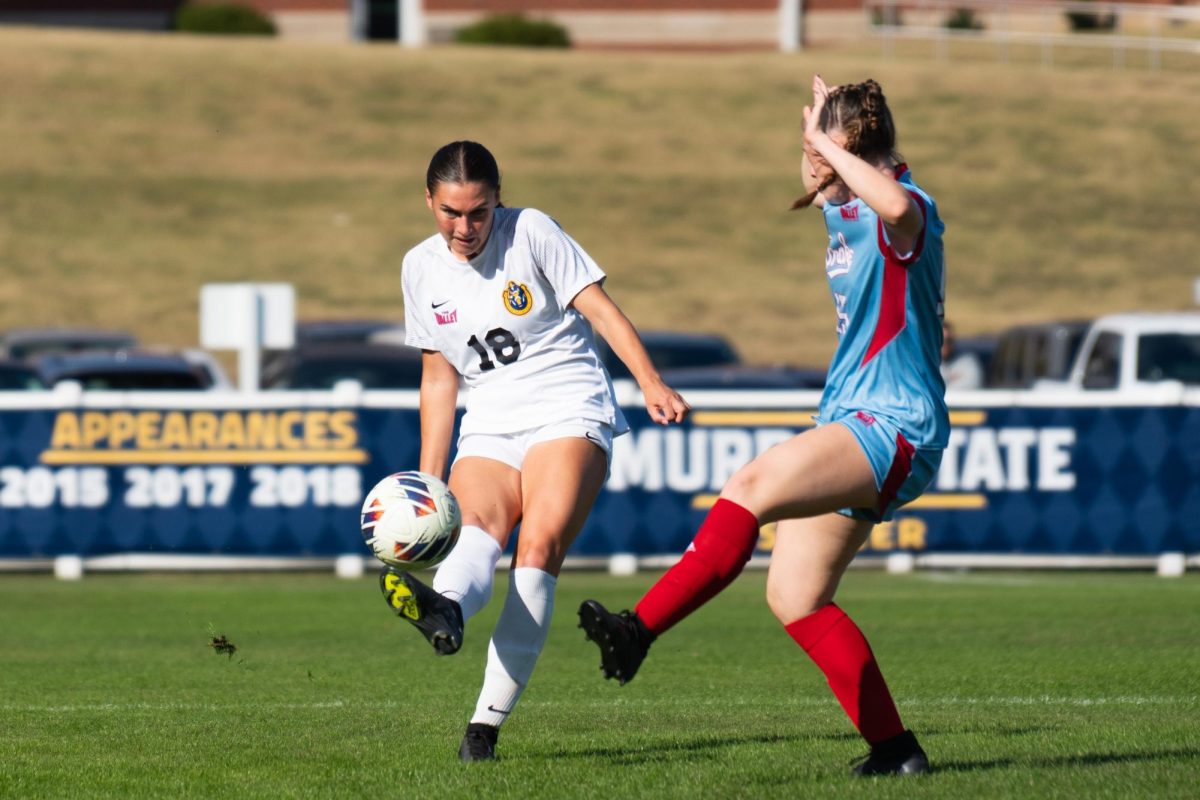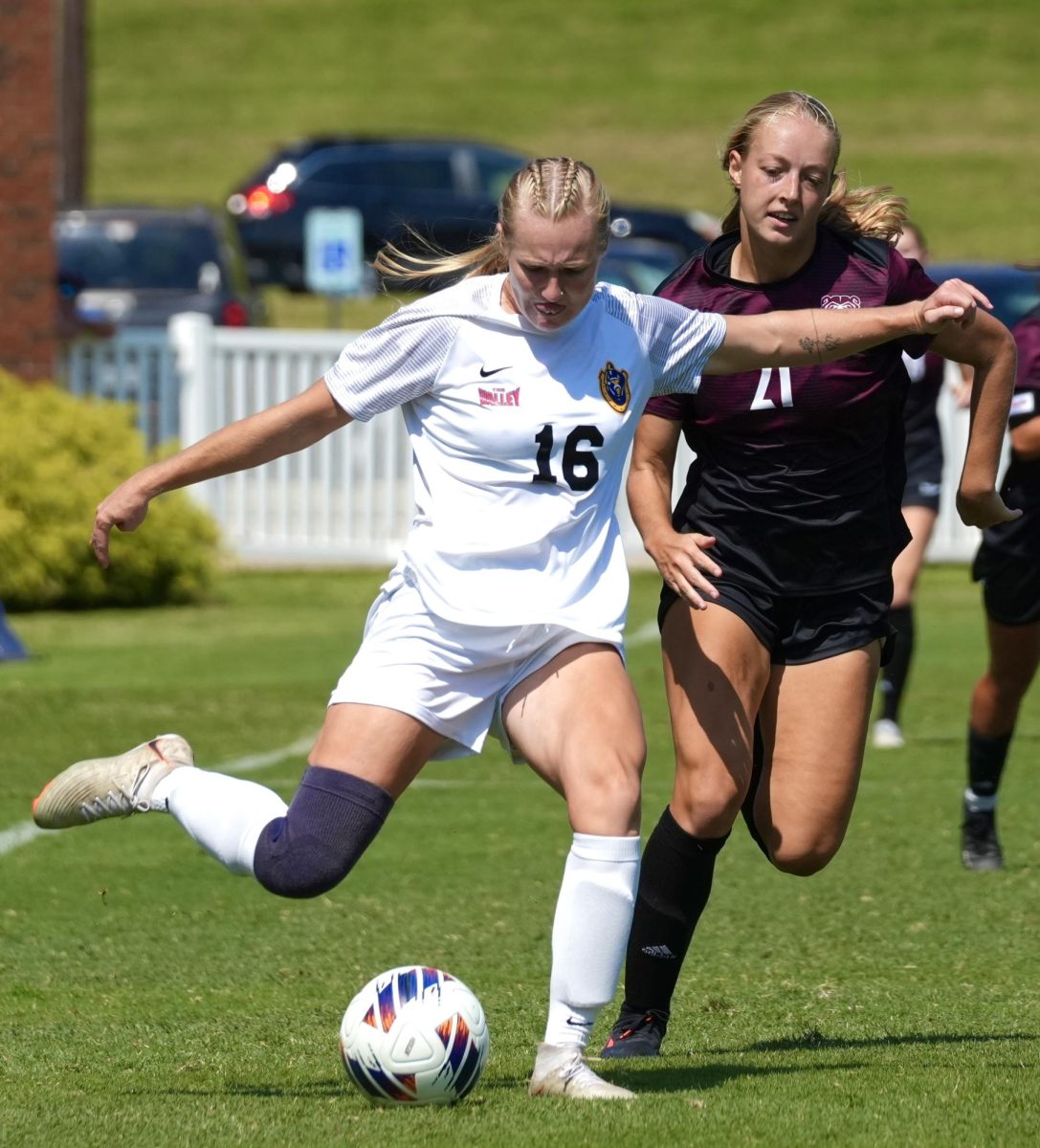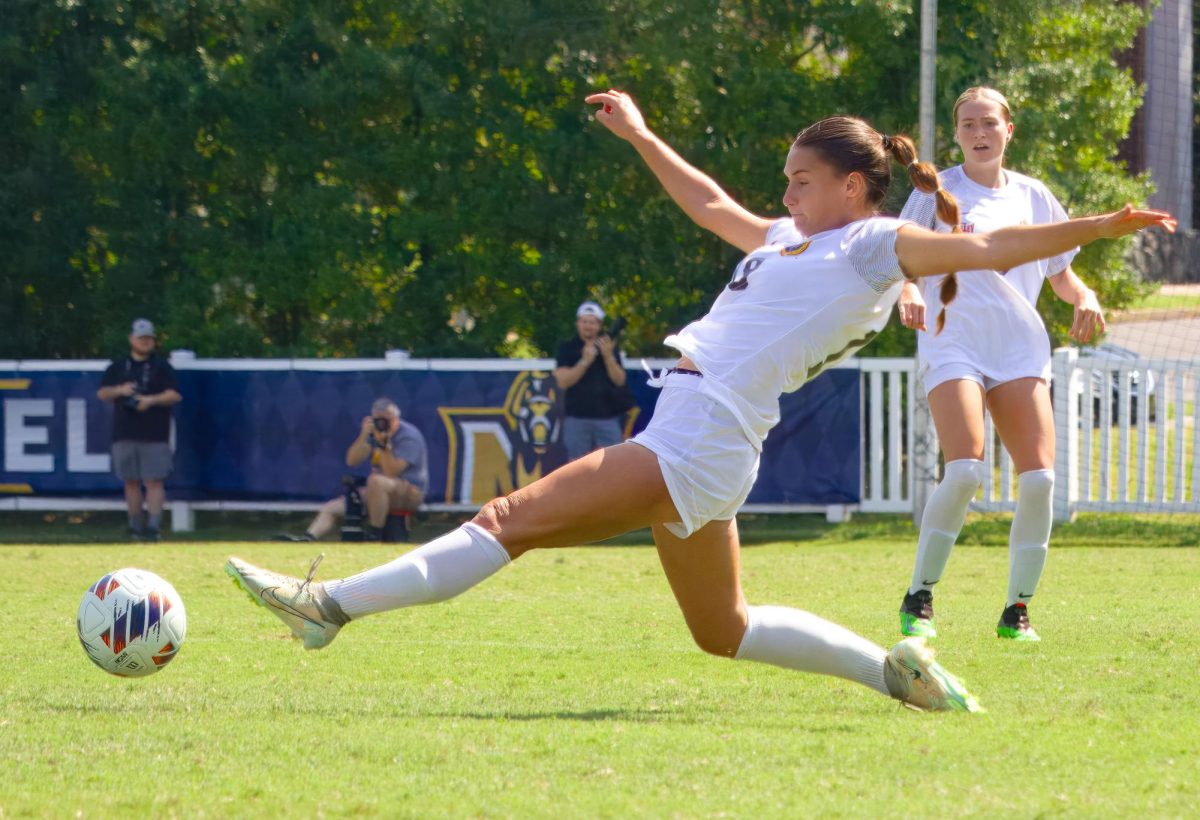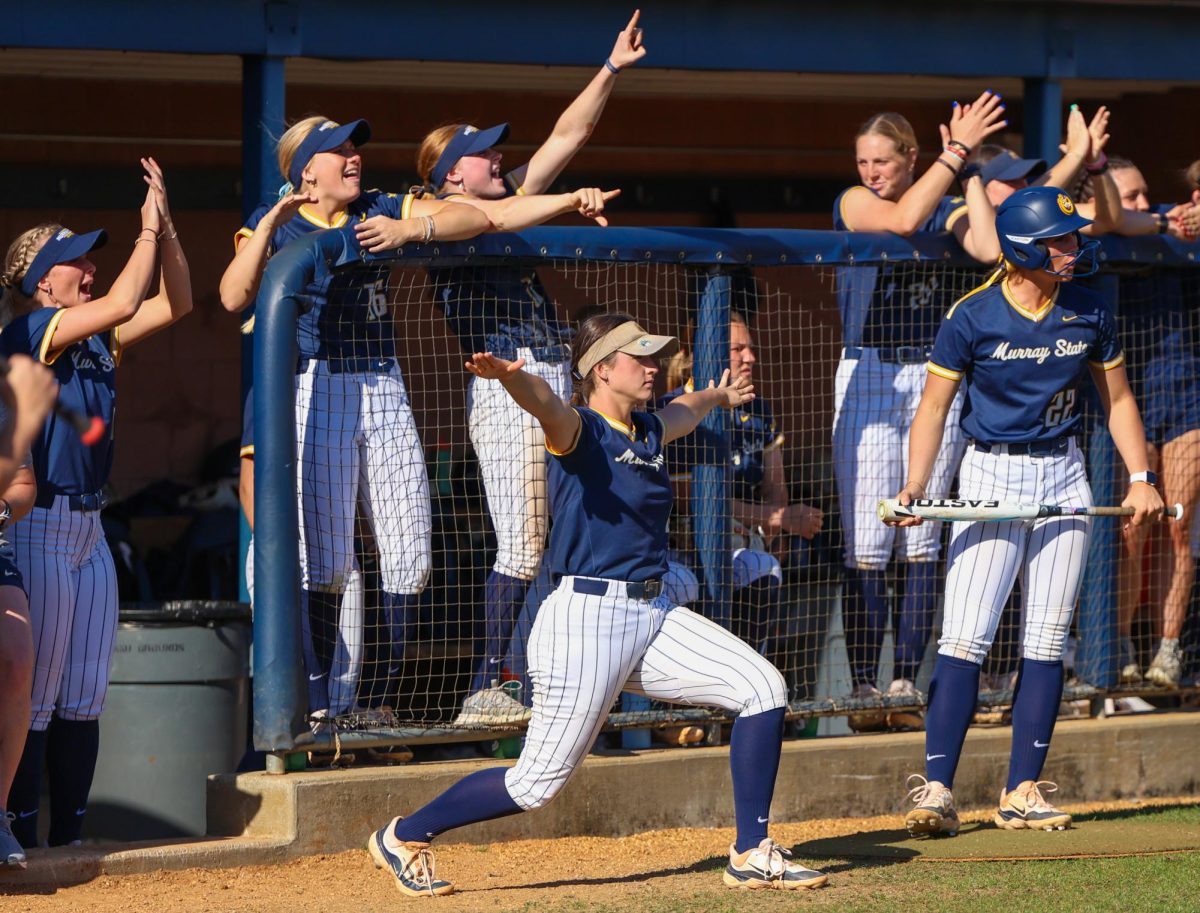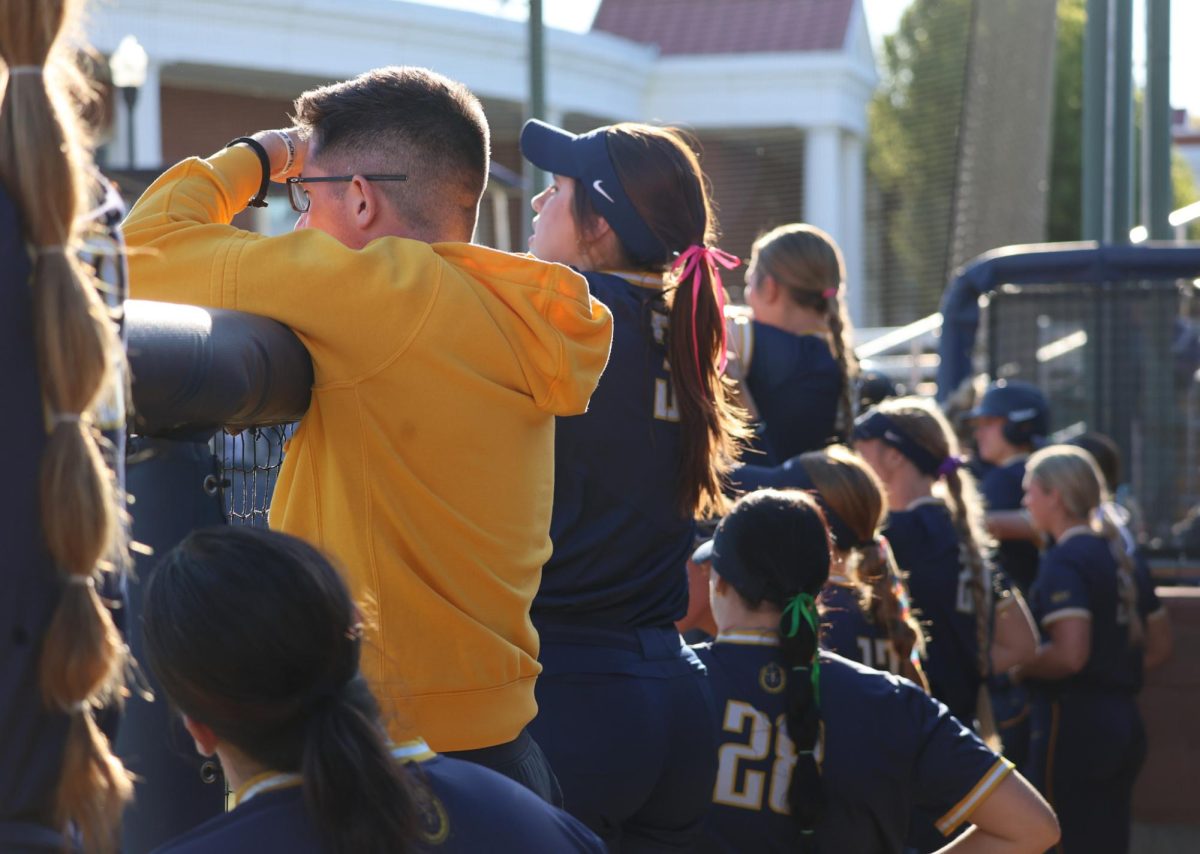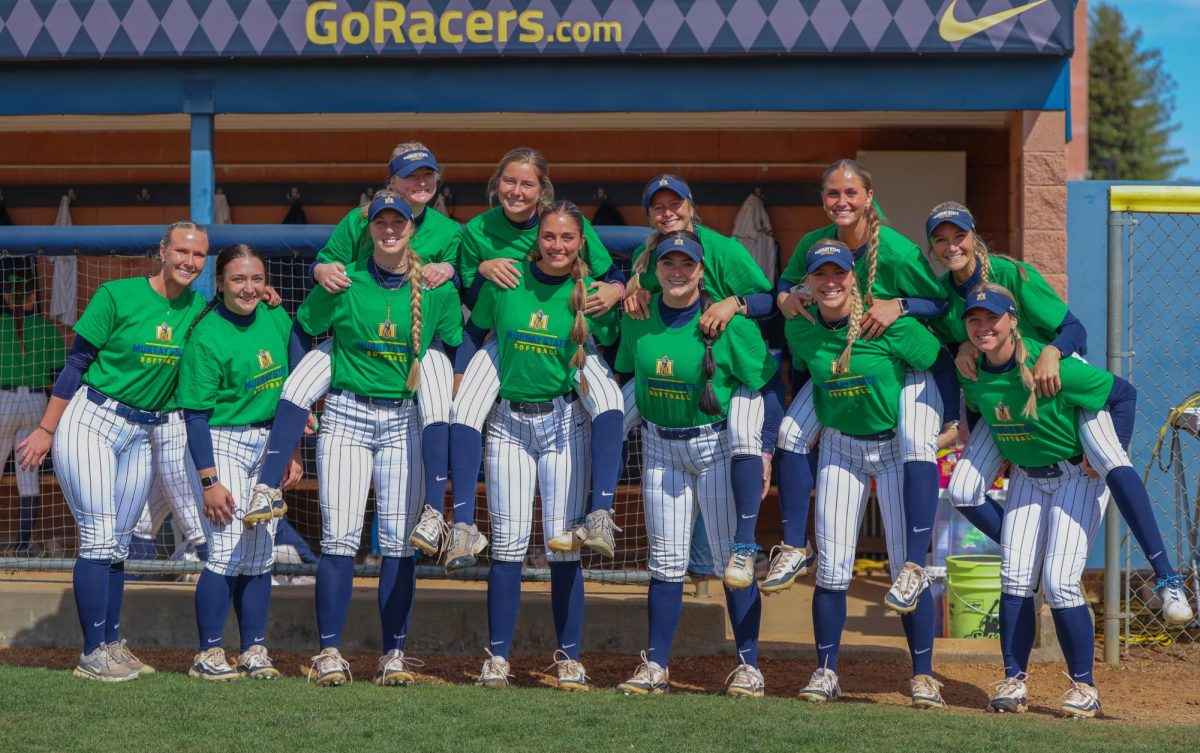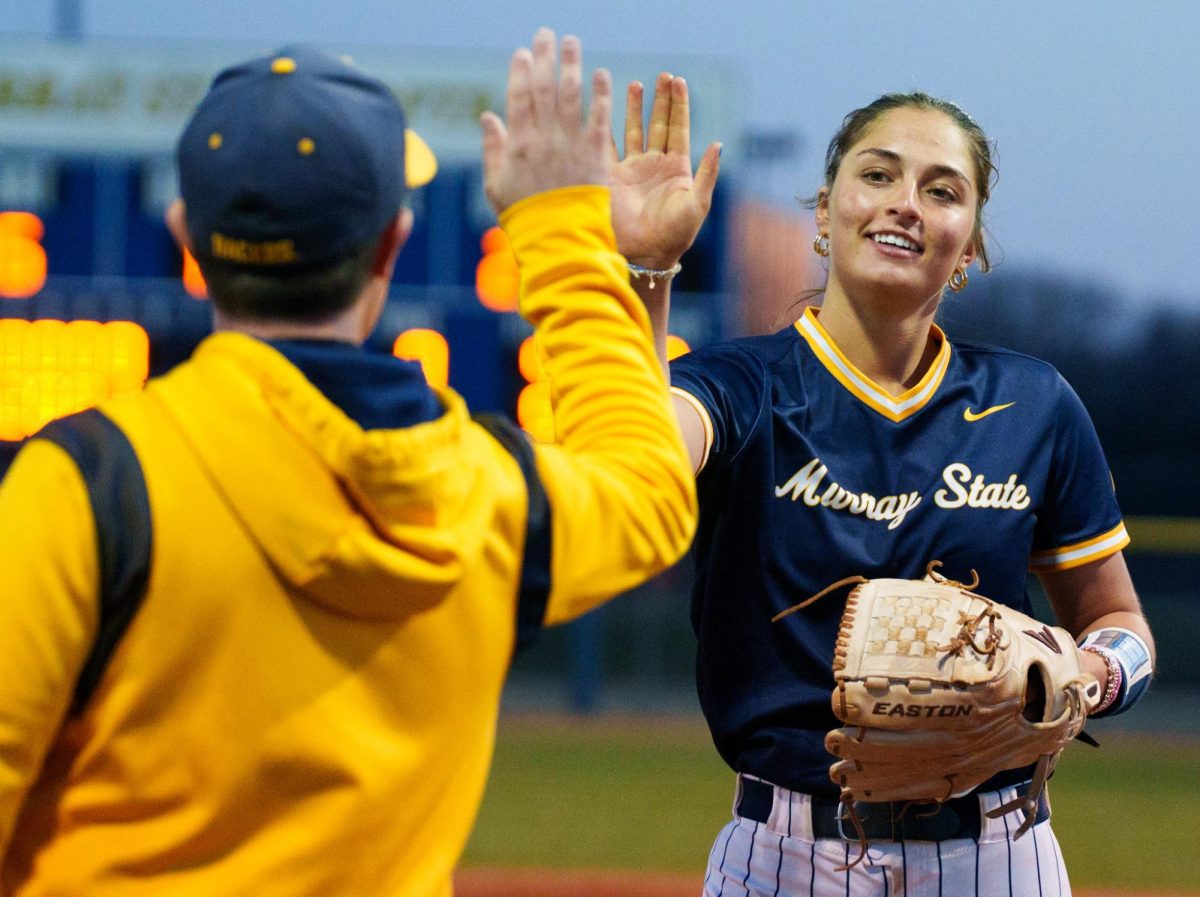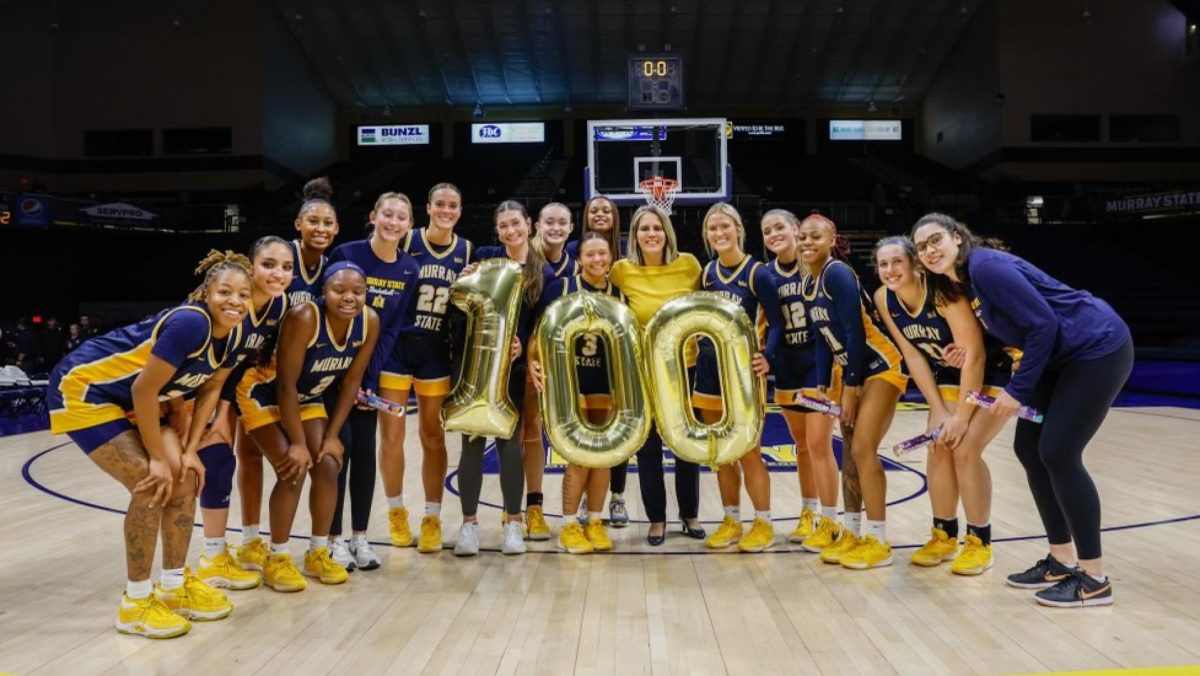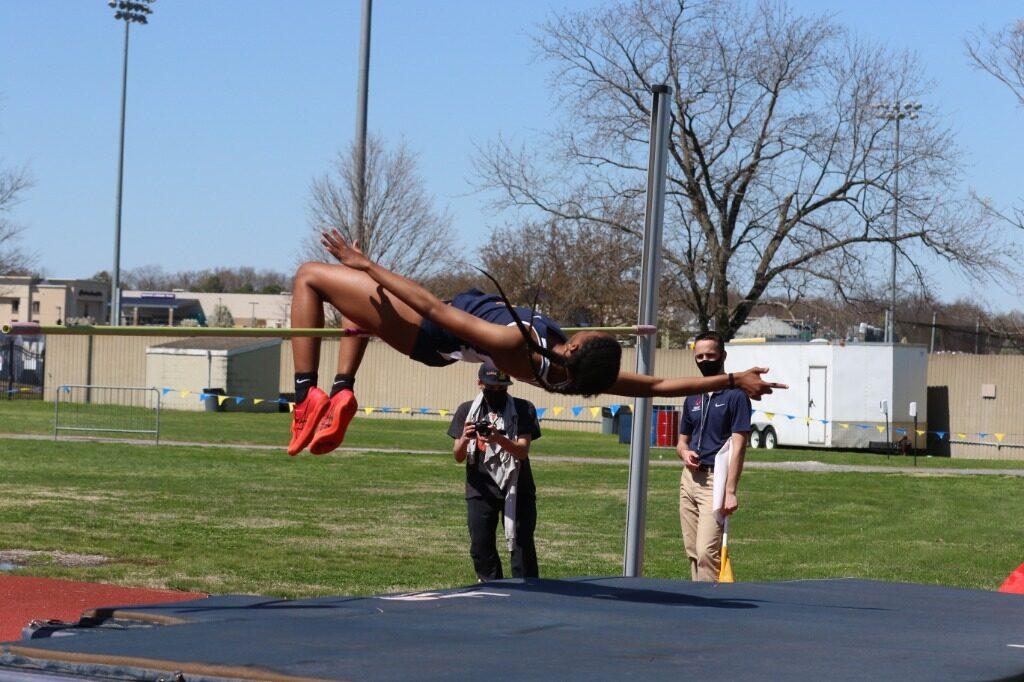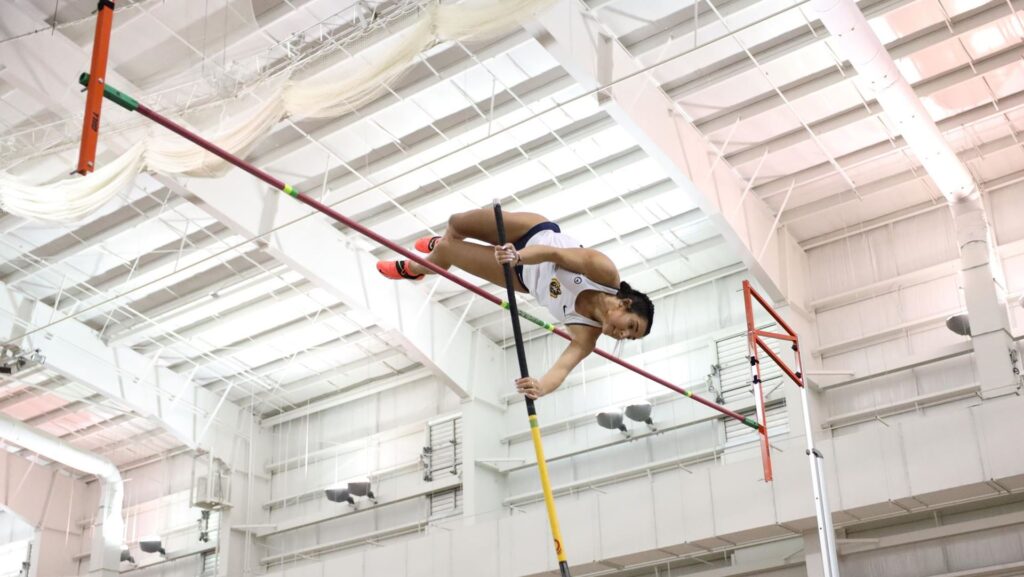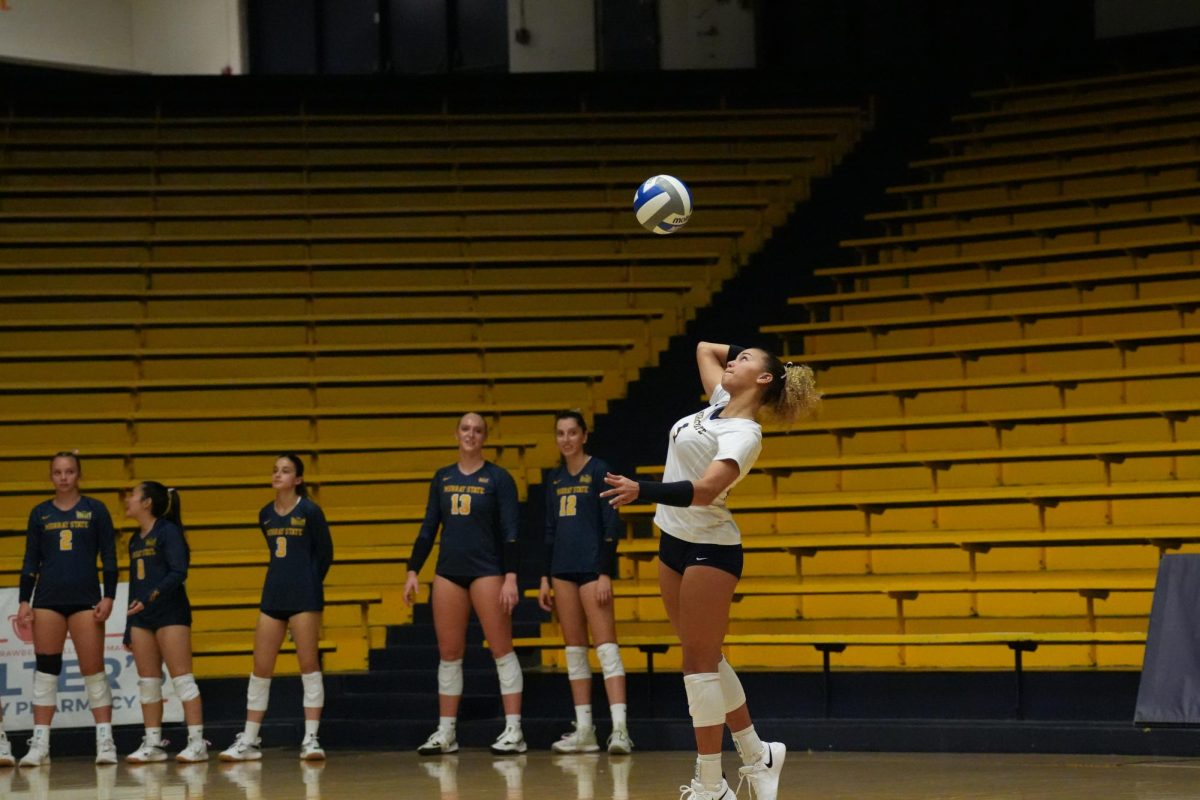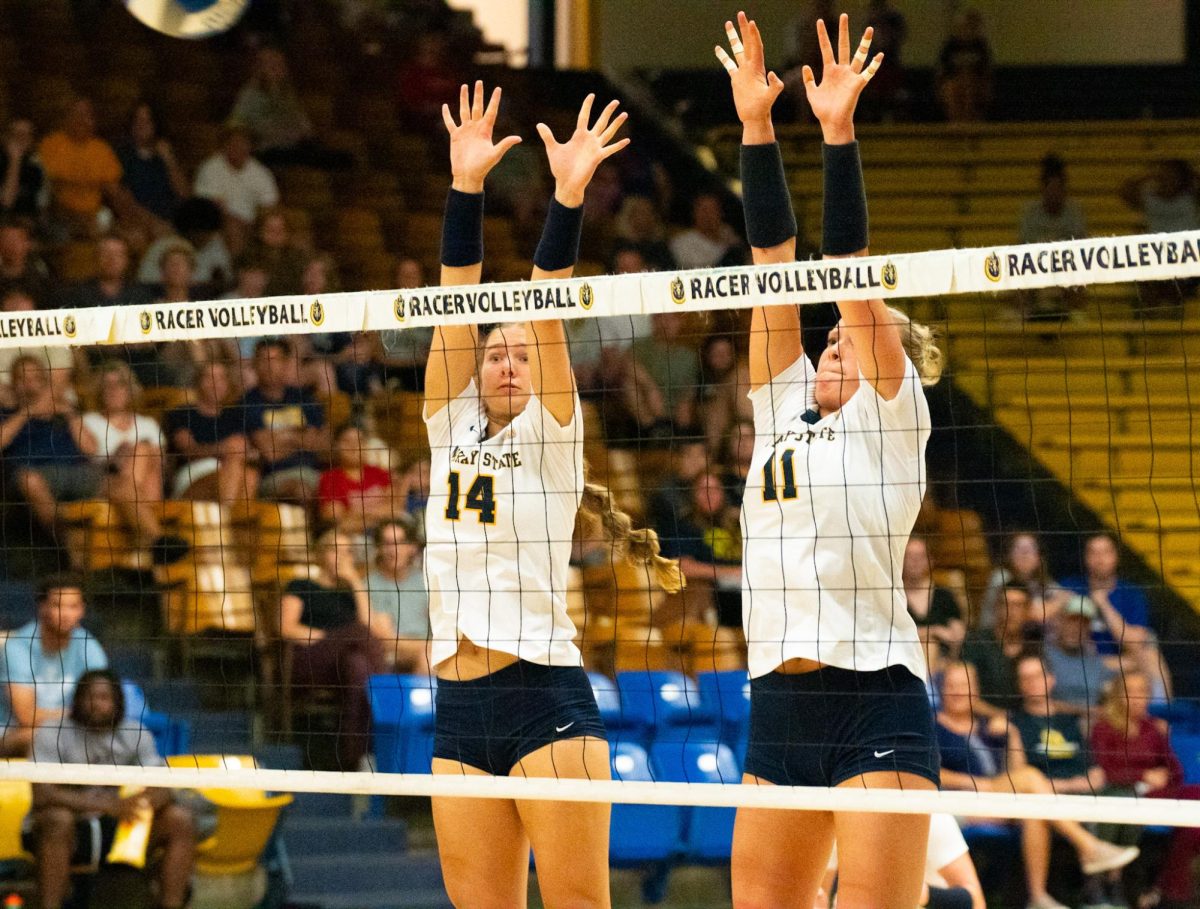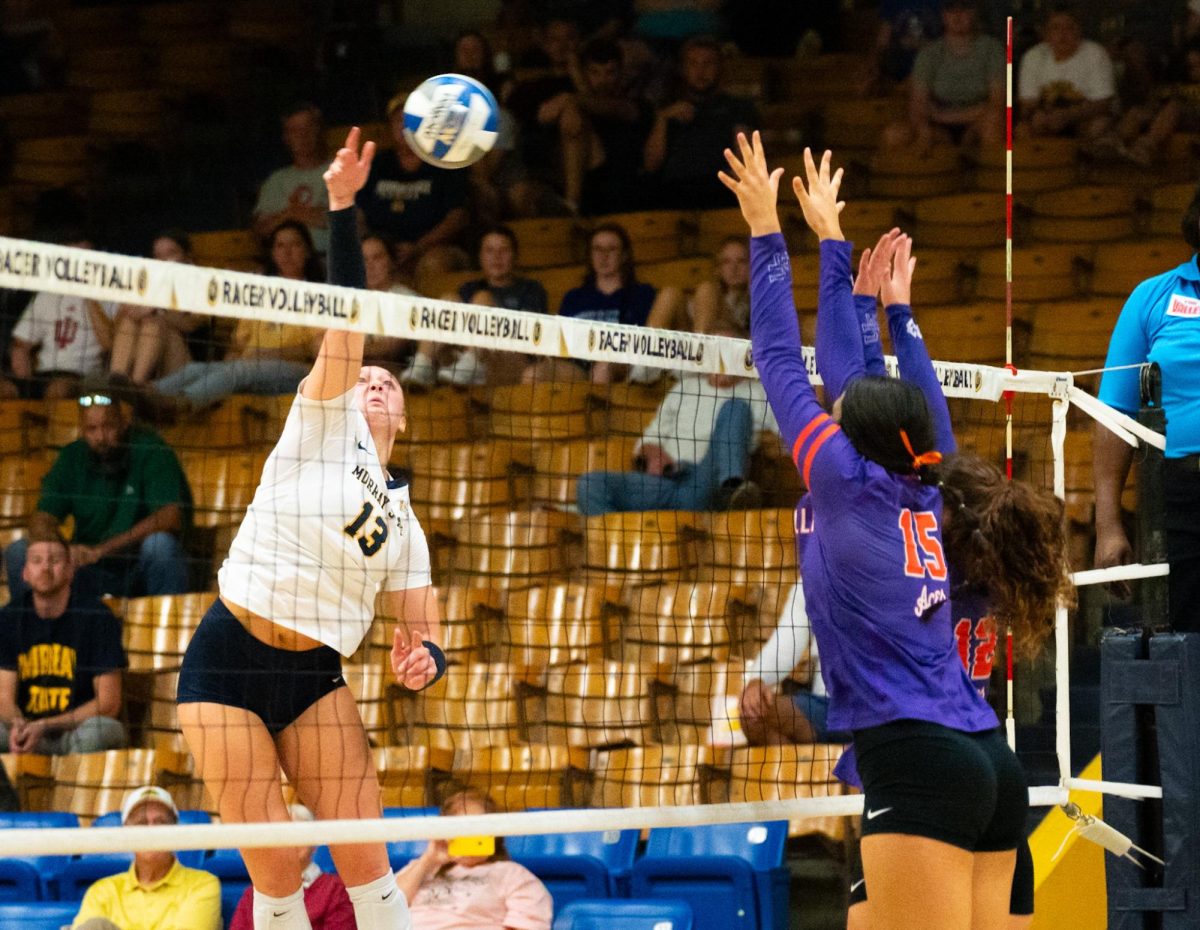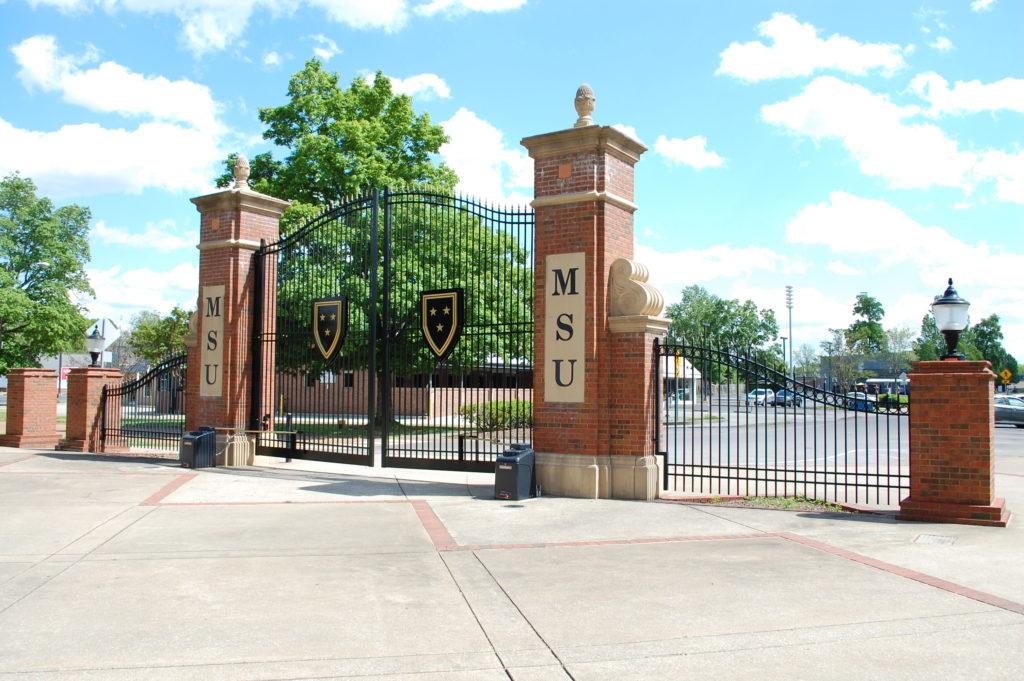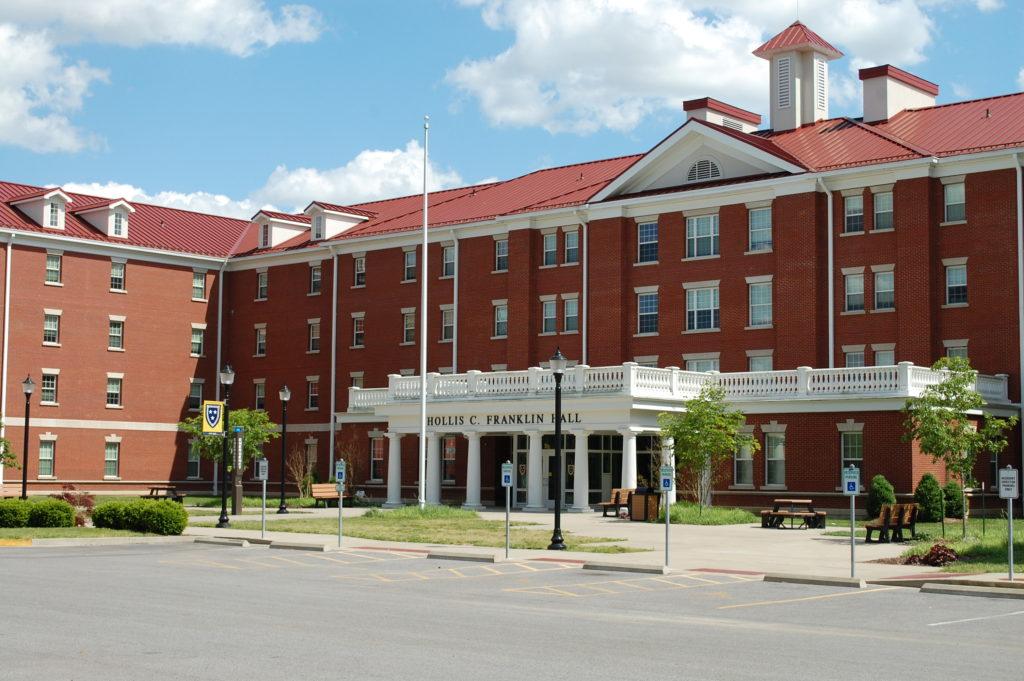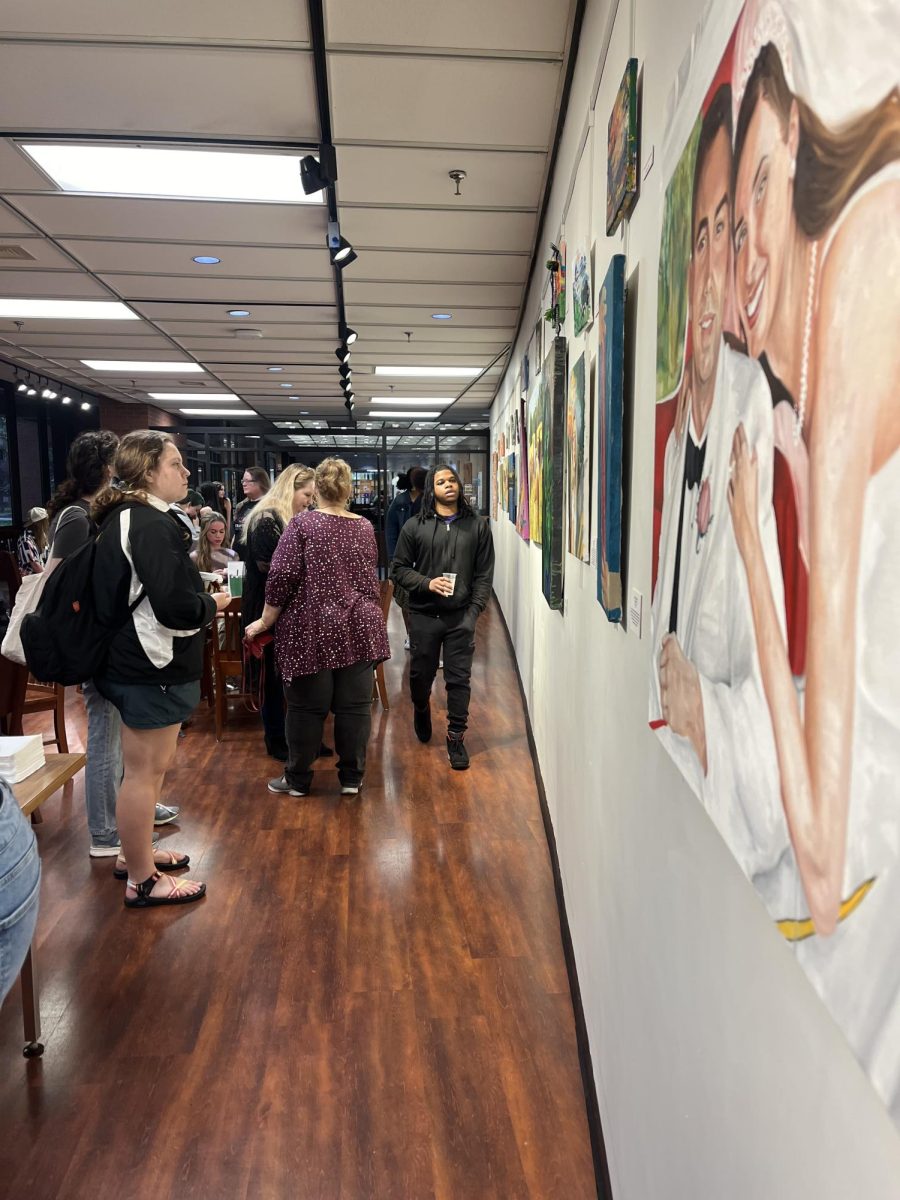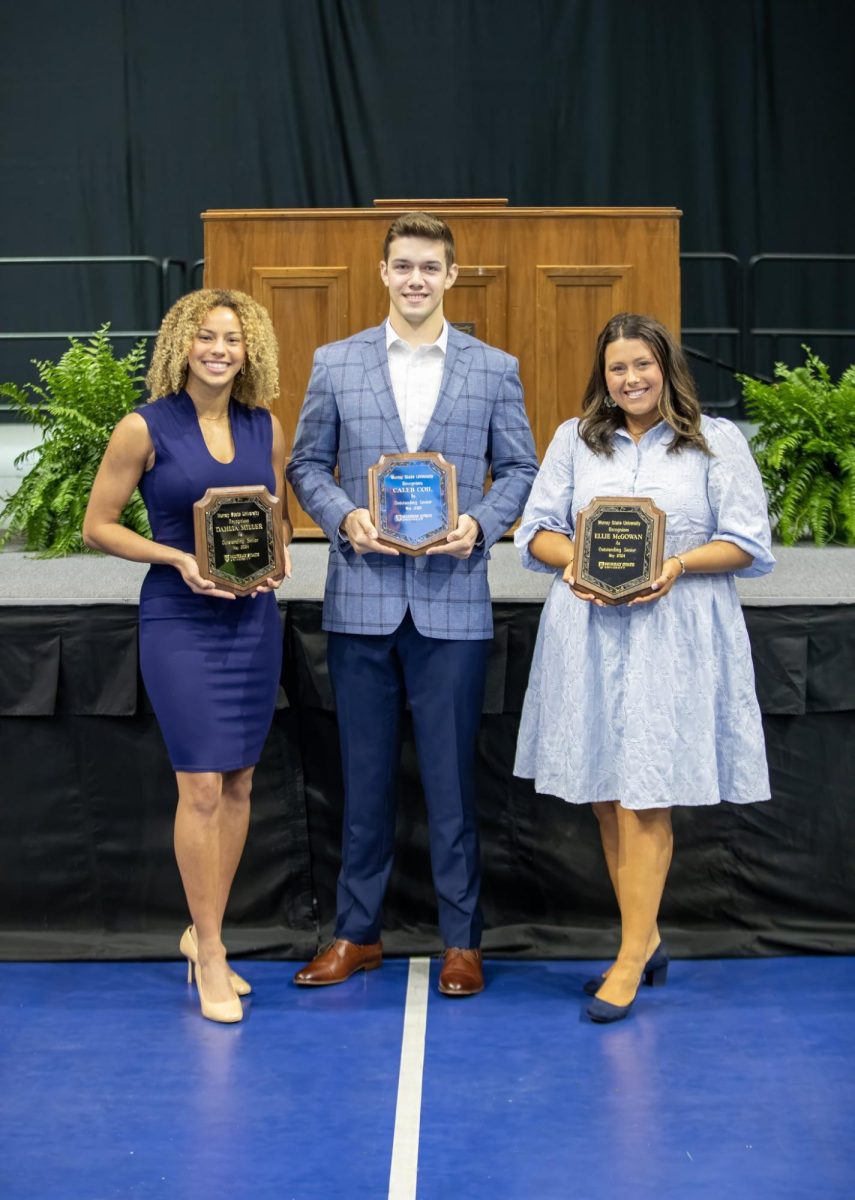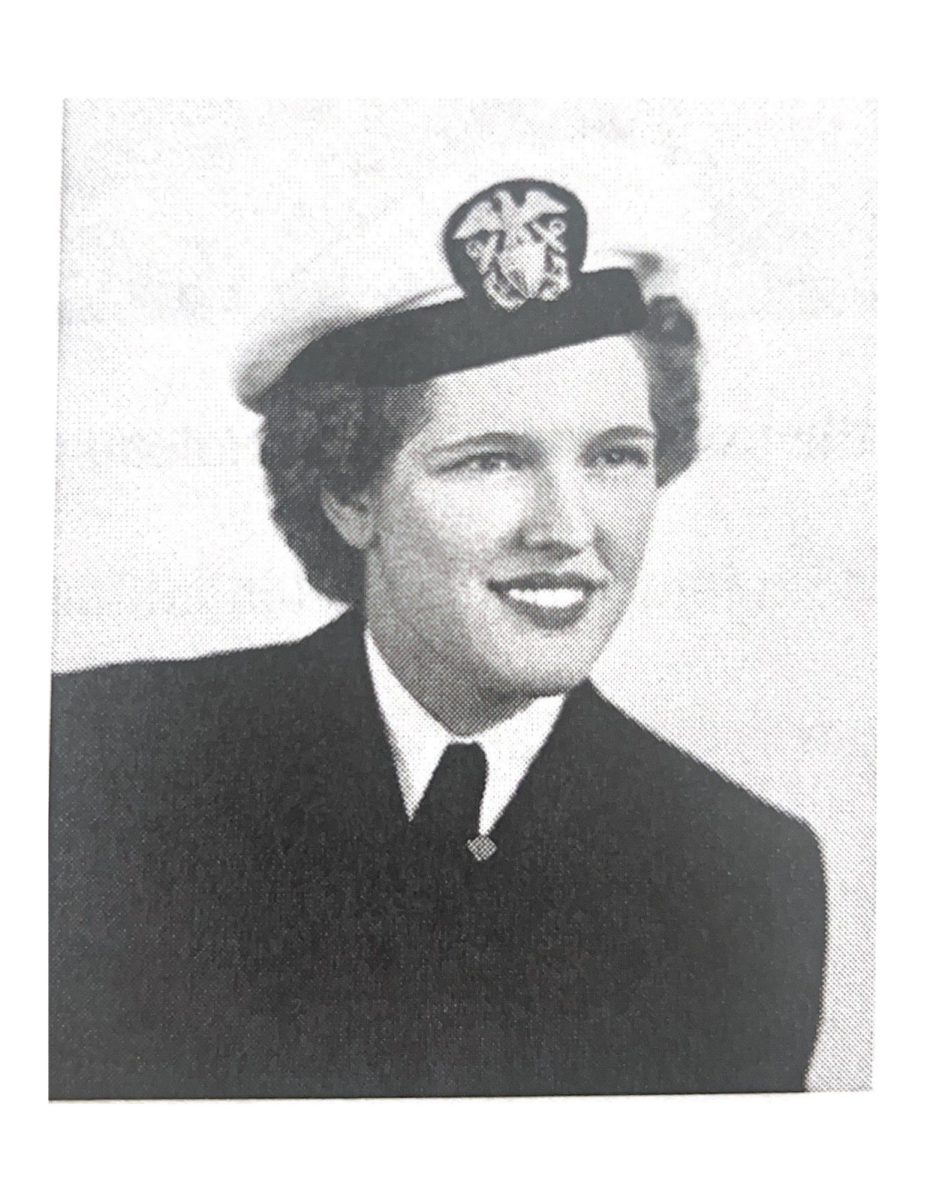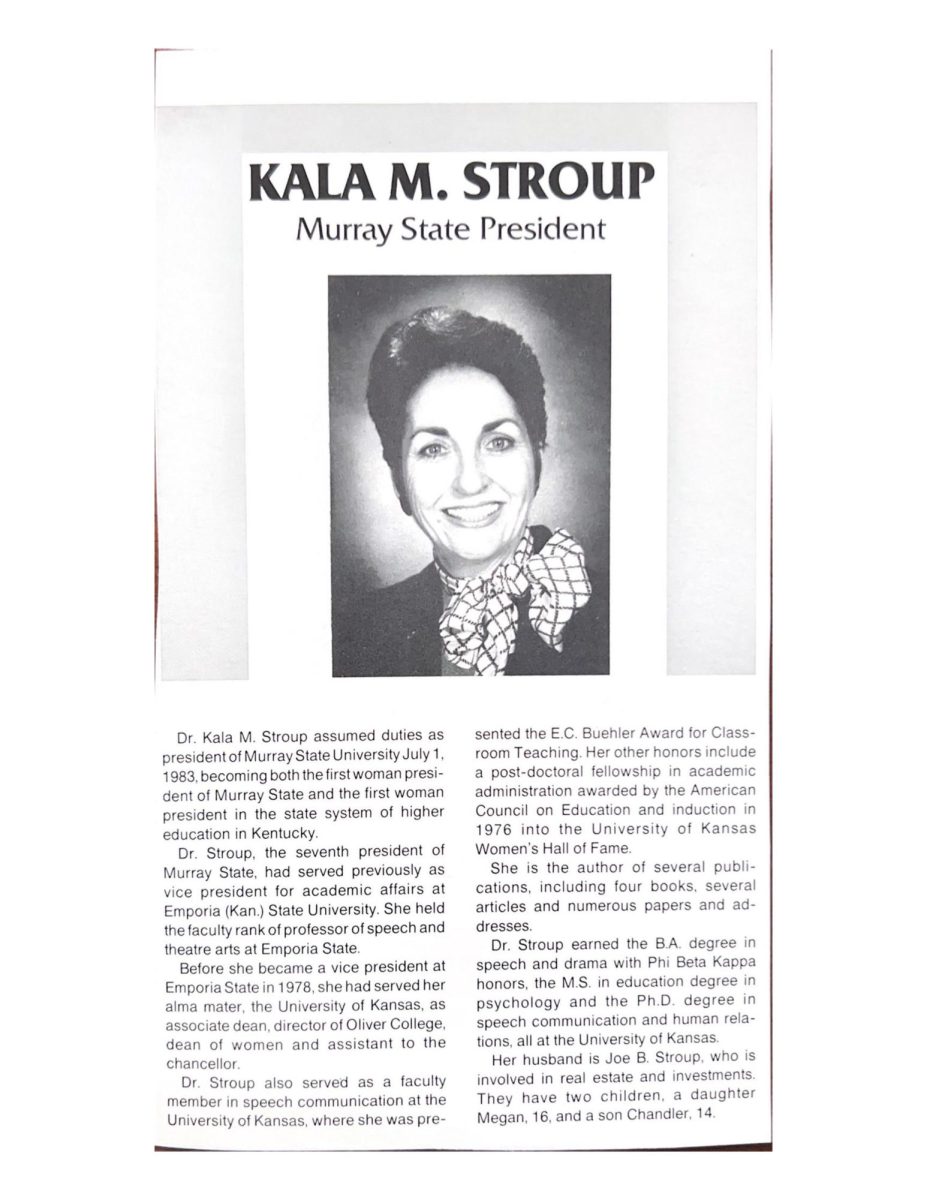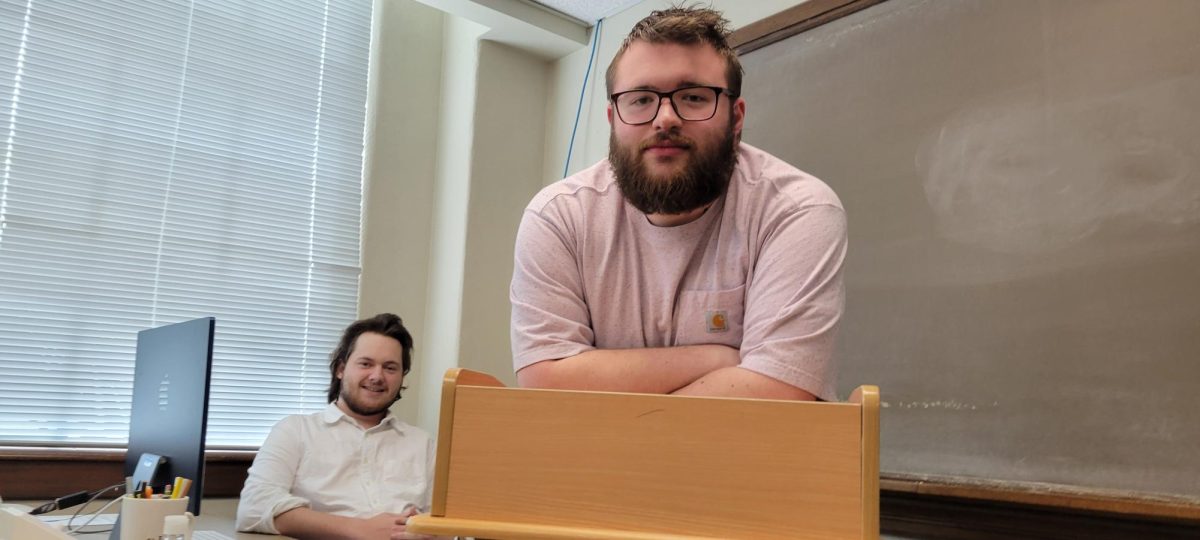Dr. Kala Stroup (1937- present)
In 1983, Kala Stroup was elected the 7th President of Murray State, marking her as the first woman to hold the presidency at the University and within Kentucky’s higher education system.
Throughout her career, Stroup was at the forefront of representing women in higher education. In addition to her time at Murray State, she served as the first female vice president of academic affairs in the Kansas Board of Regents system and later became the first female president of Southeast Missouri State University and the first female president of the Ohio Valley Athletic Conference.
Stroup’s time as president was dedicated to ensuring that the University provided a high-quality education for everyone.
In an interview with a student reporter in 1983, Stroup said, “We must understand that if we do not enter into controversy and dialogue about what we are doing, if we don’t evaluate what we are doing as educators, then we have lost the importance of what we are all about.”
Throughout her presidency, she implemented a strategic plan to raise education standards, initiated an Honors program, established the on-campus National Museum of the Boy Scouts of America, and increased endowments and private funds by over 250%.
Ruth E. Cole (1920-2014)
Ruth E. Cole, a pivotal figure in the Murray State Nursing Department, left a legacy of dedication through her commitment to education and service to our country.
After graduating high school in 1939 and experiencing financial struggles from the Great Depression, Cole was presented with the opportunity through the National Youth Administration (NYA) to enroll in a 3-year nursing program at Murray College.
Following the attack on Pearl Harbor in December 1941, Congress prioritized military employment over NYA funding, altering Cole’s journey. She joined the Junior Red Cross, then transitioned to the War Commission Nursing Procurement and Assignment. After graduating, she returned to Murray as a 4A classified nurse. By 1945, she attained a 1A classification and joined the Navy Nurse Corps.
Cole and 34 other nurses reported to the Great Lakes Naval Hospital expecting to undergo a 6-week orientation and then be relocated. However, after one week, the need was too substantial and they were given uniforms and permanent staff positions in the overrun clinical wards. Additionally, they worked with a Marine Sergeant to learn the military protocol.
In Cole’s book ‘Memories, Stories, and Place’, she recounts her first days on the base. “My greatest shock was walking on the barracks-type ward and seeing seventy beds… I had worked on ten-bed wards but never seen this many in the same room,” Cole said.
Throughout her time at Great Lakes, she worked in orthopedics, infectious diseases, neurosurgery and plastic surgery. “Duties of a nurse in my World War II experience were just commonplace nursing tasks that needed to be done in an uncommon time,” Cole said.
Cole remained on Ready Reserve for 35 years. In 1946, Cole returned to Murray where she worked with Dr. A.D. Butterworth and attended classes at Murray State. At the time, Murray State lacked a bachelor’s program in nursing, she continued her education at the University of Texas. In the fall, she again returned to Muray State and was named the Director of Nursing Education.
Cole returned to active duty in 1951 due to the Korean conflict. During this time, Cole received the rank of Lieutenant and supervisor of 10 surgical wards. “The greatest difference was the patience… as soon as they were stable for travel they were flown to the hospital closest to their home.. One flight nurse reported that she flew with patients that had surgery and had not fully recovered from anesthesia…” Cole said.
After two years of active duty, she went on to complete a Master’s Degree at Teacher College, Columbia University. She returned to Murray, as the director, in June of 1954. In 1964, she secured a grant to fund the construction of the nursing building and directed the development of the Bachelor of Science in Nursing.
To earn credit for retirement, she continued to do two weeks of active duty a year in addition to earning a certain number of points.
June Laffoon Taylor (1921- 2004)
June Laffoon Taylor was born in 1921, a time when women did not have the same rights, access and accreditation as men. Despite this, she went on to become a Democratic leader in the Kentucky government.
After graduating from Murray State in 1941 after successfully passing her merit exam, Taylor embarked on her distinguished governmental career. She served under 10 democratic governors and went on to make history as the first female chief of staff in the commonwealth.
In addition to her governmental achievements, Taylor was a passionate advocate for women’s rights and actively contributed to various Democratic women’s organizations. In the late 1960s, she spoke at the nation’s capital regarding the struggles with sexism in the workplace throughout career.
Reflecting on the gender disparity she had experienced, Taylor said, “Men assume positions with a presumption of competence, while women assume positions with a burden of proof.”
Despite facing adversity, Taylor remained resilient. She utilized her influence and proximity to the governors to play an extensive role in advancing civil rights, ultimately contributing to the passing of the Civil Rights Act and securing voting rights for all.




